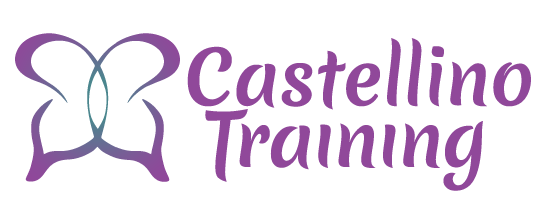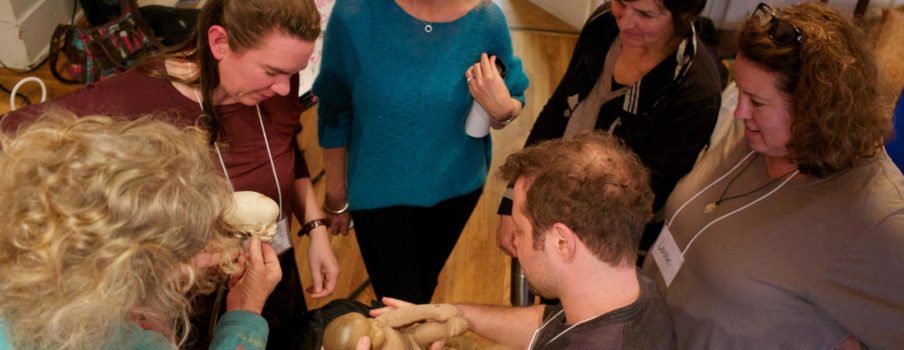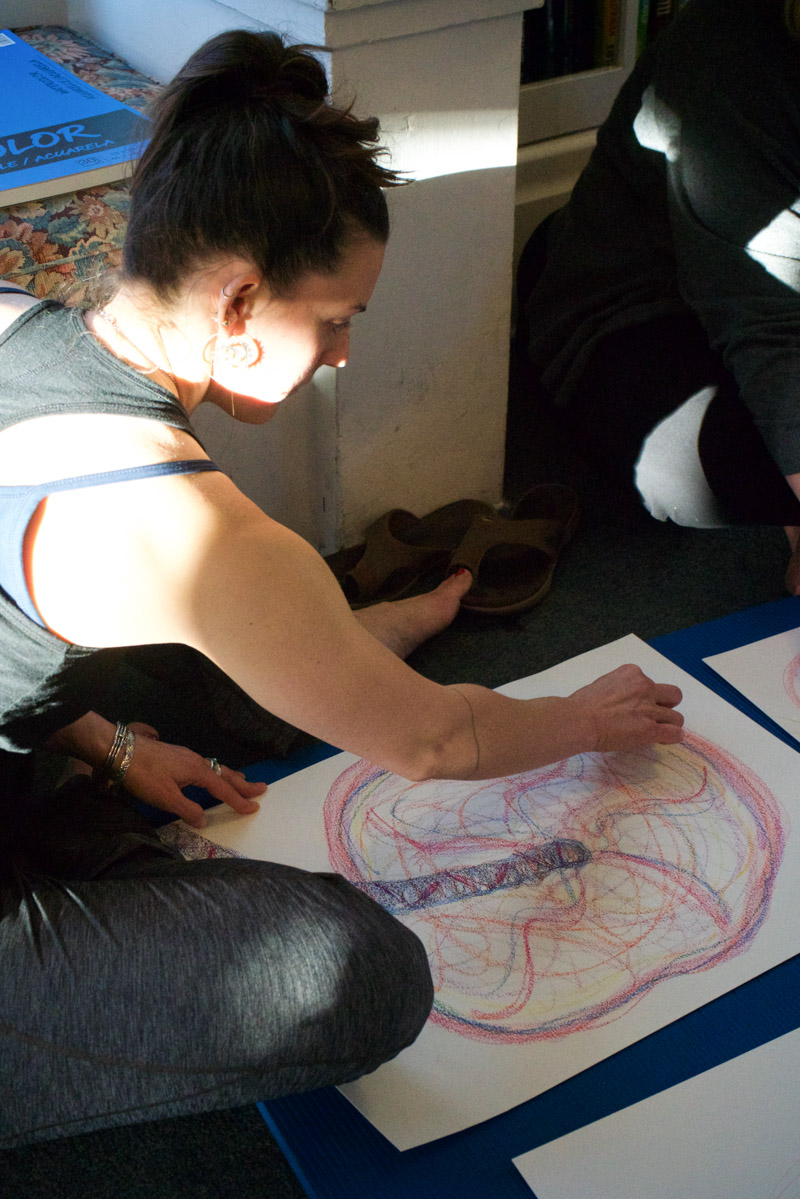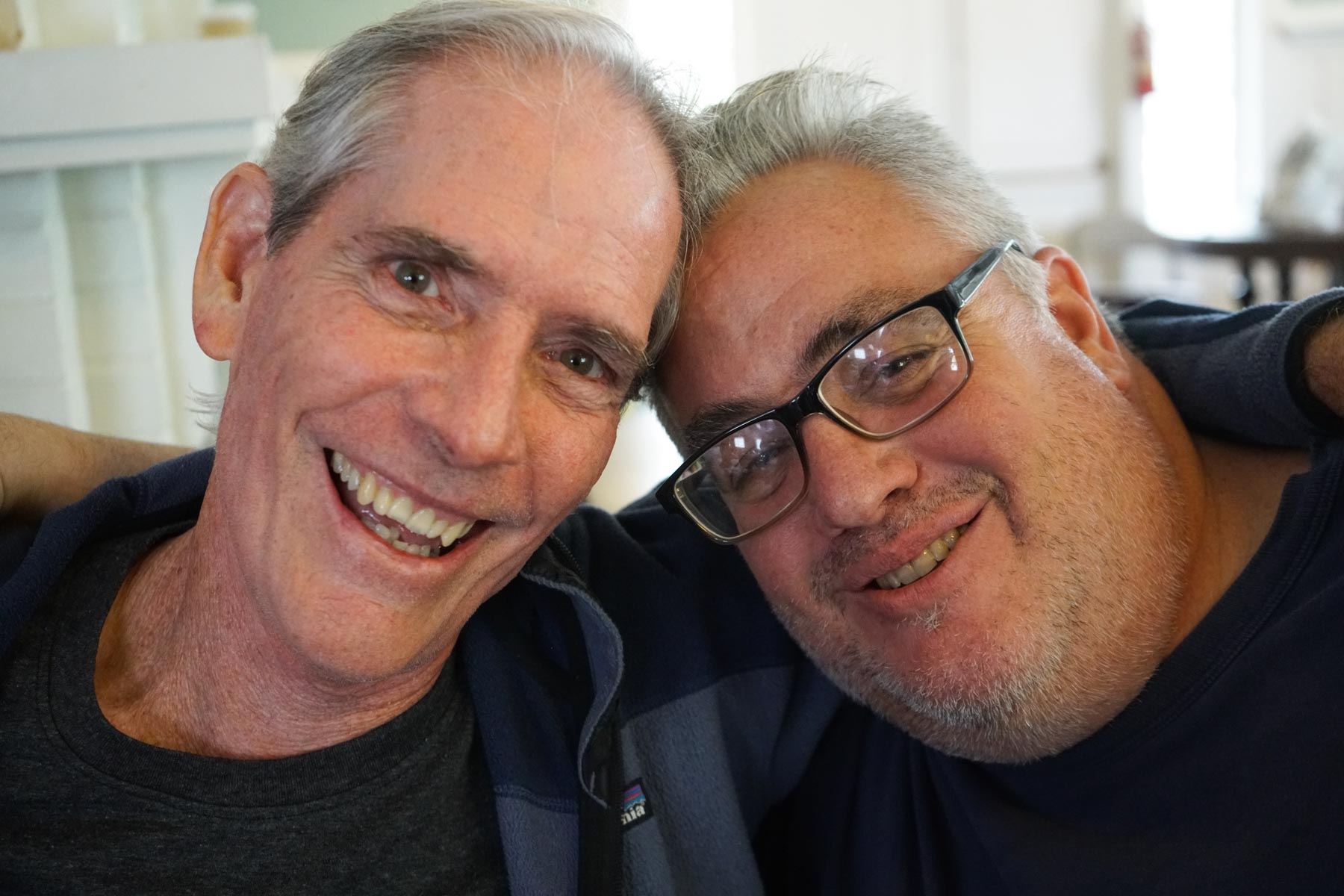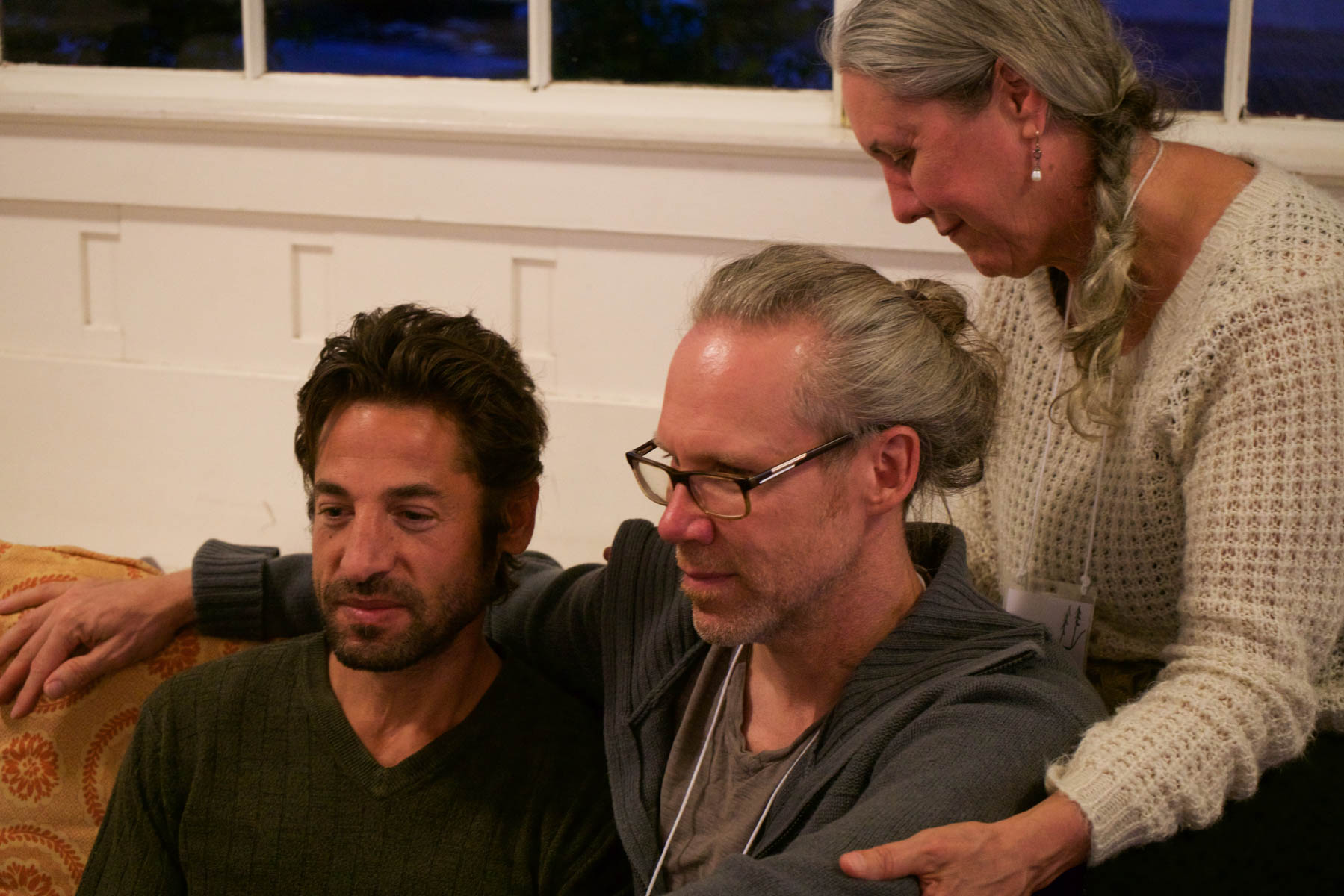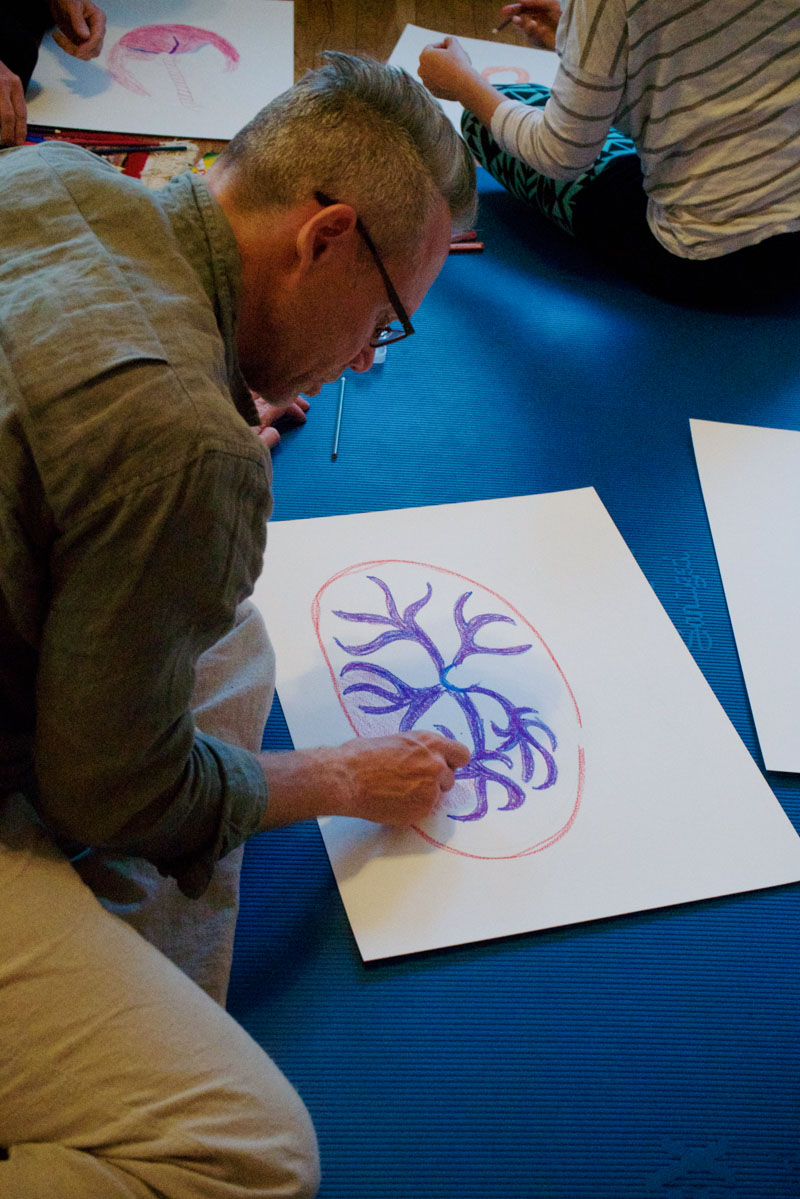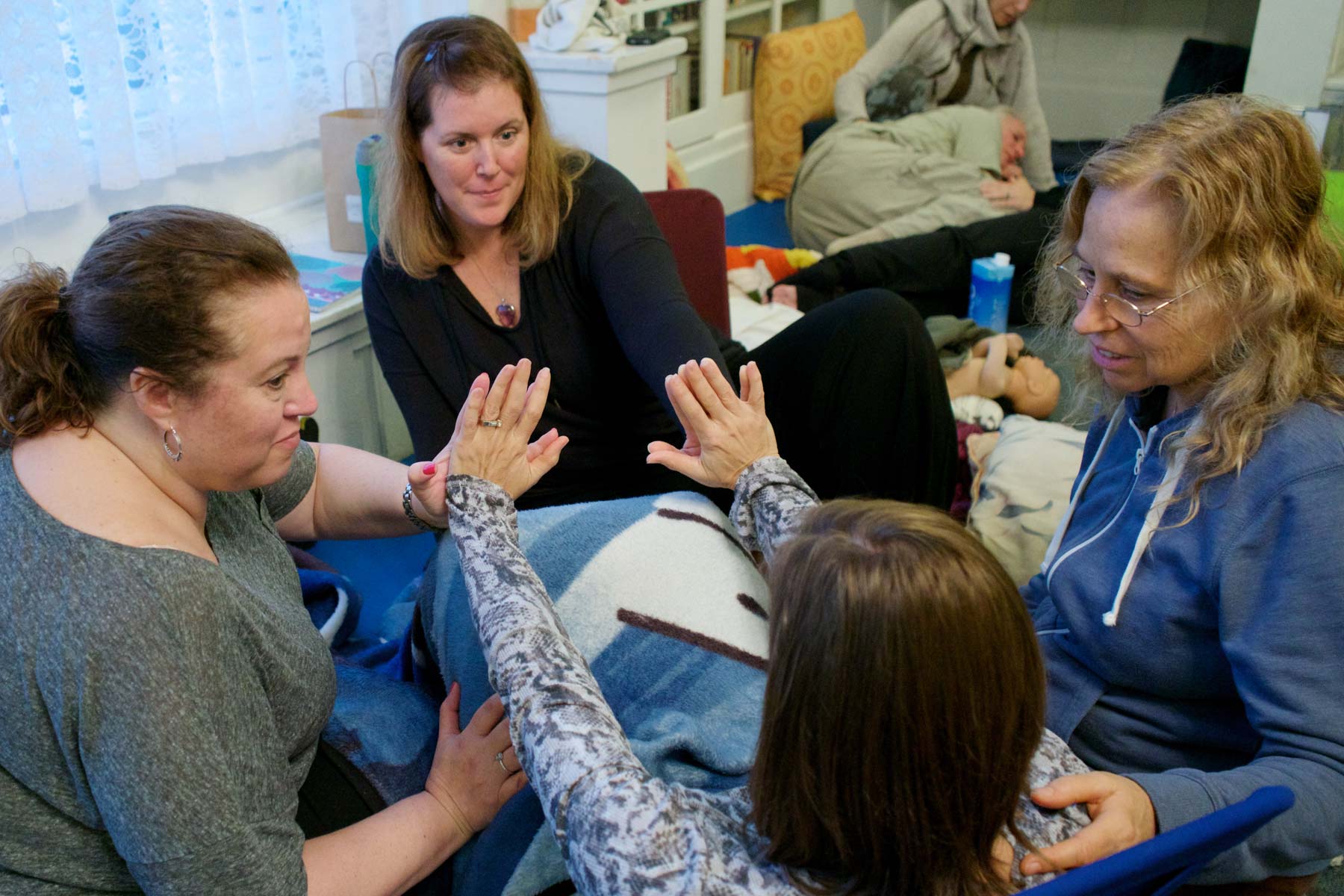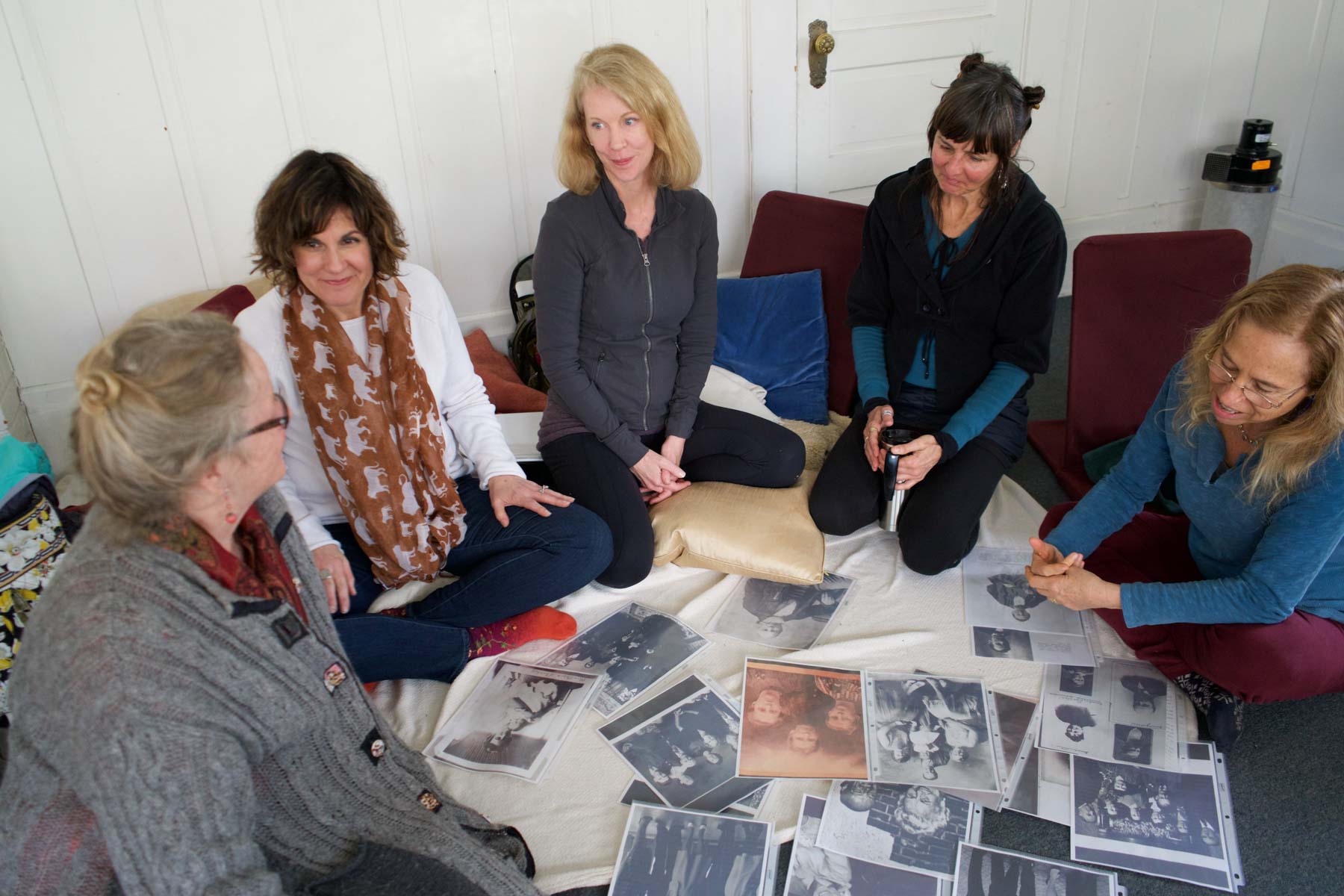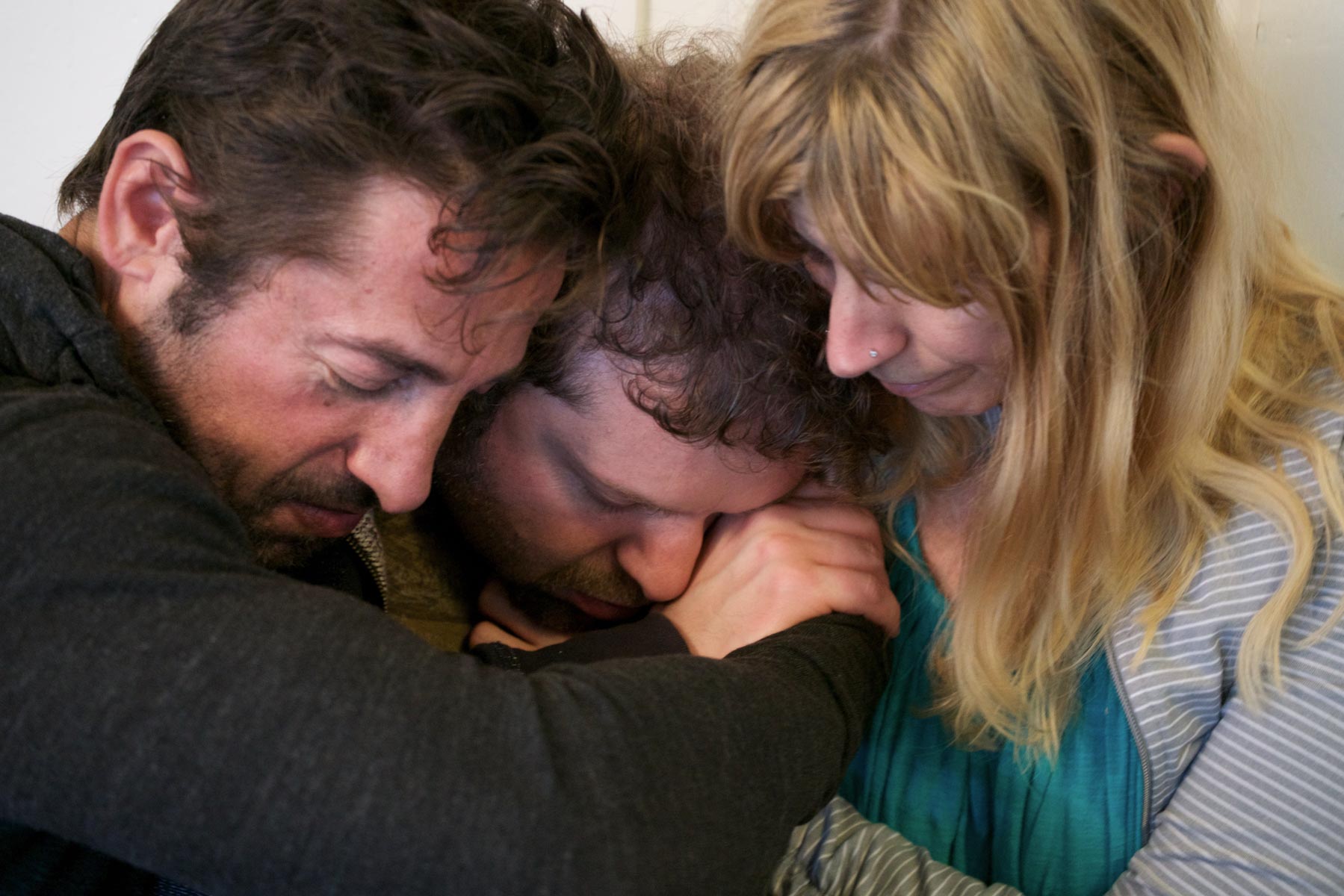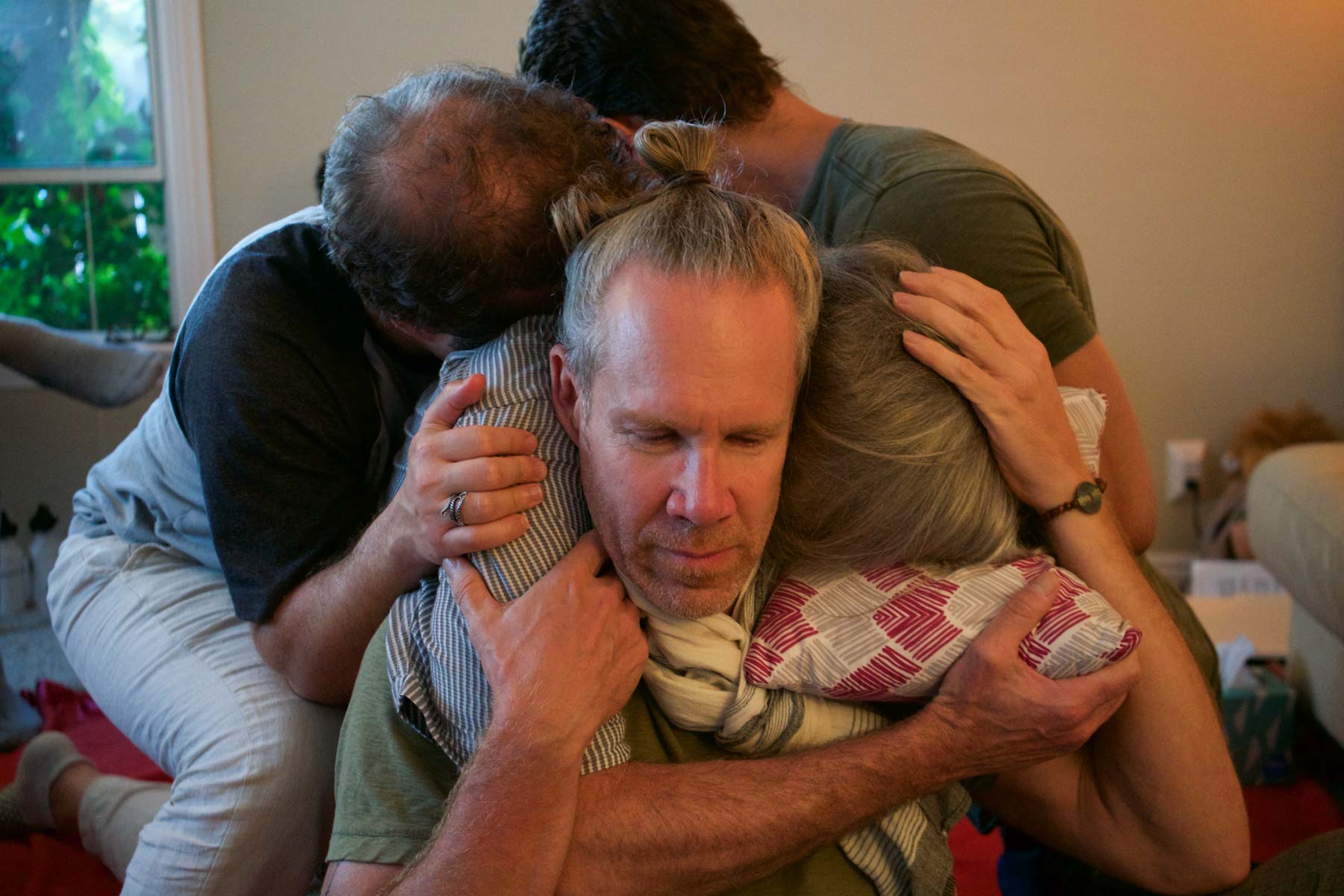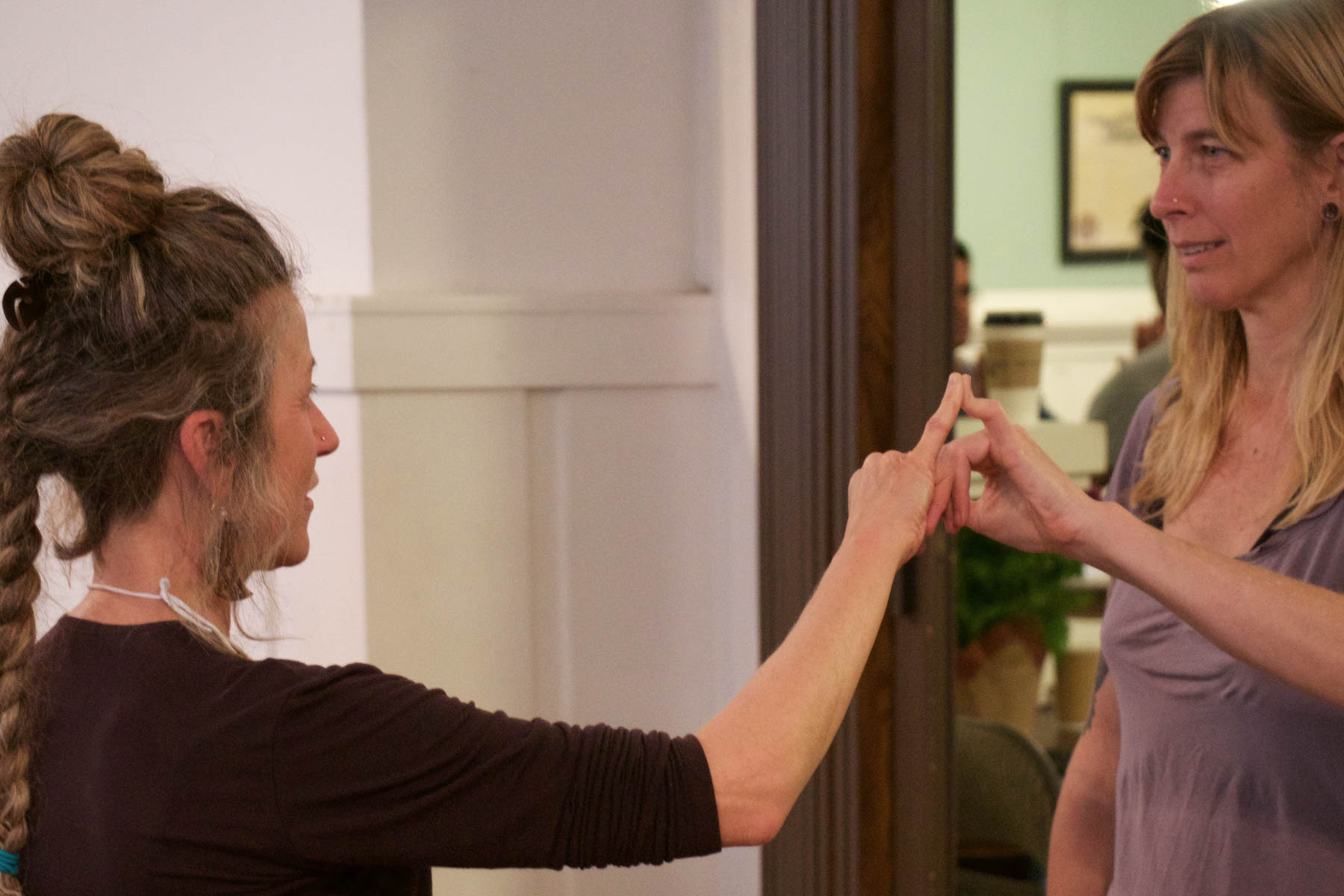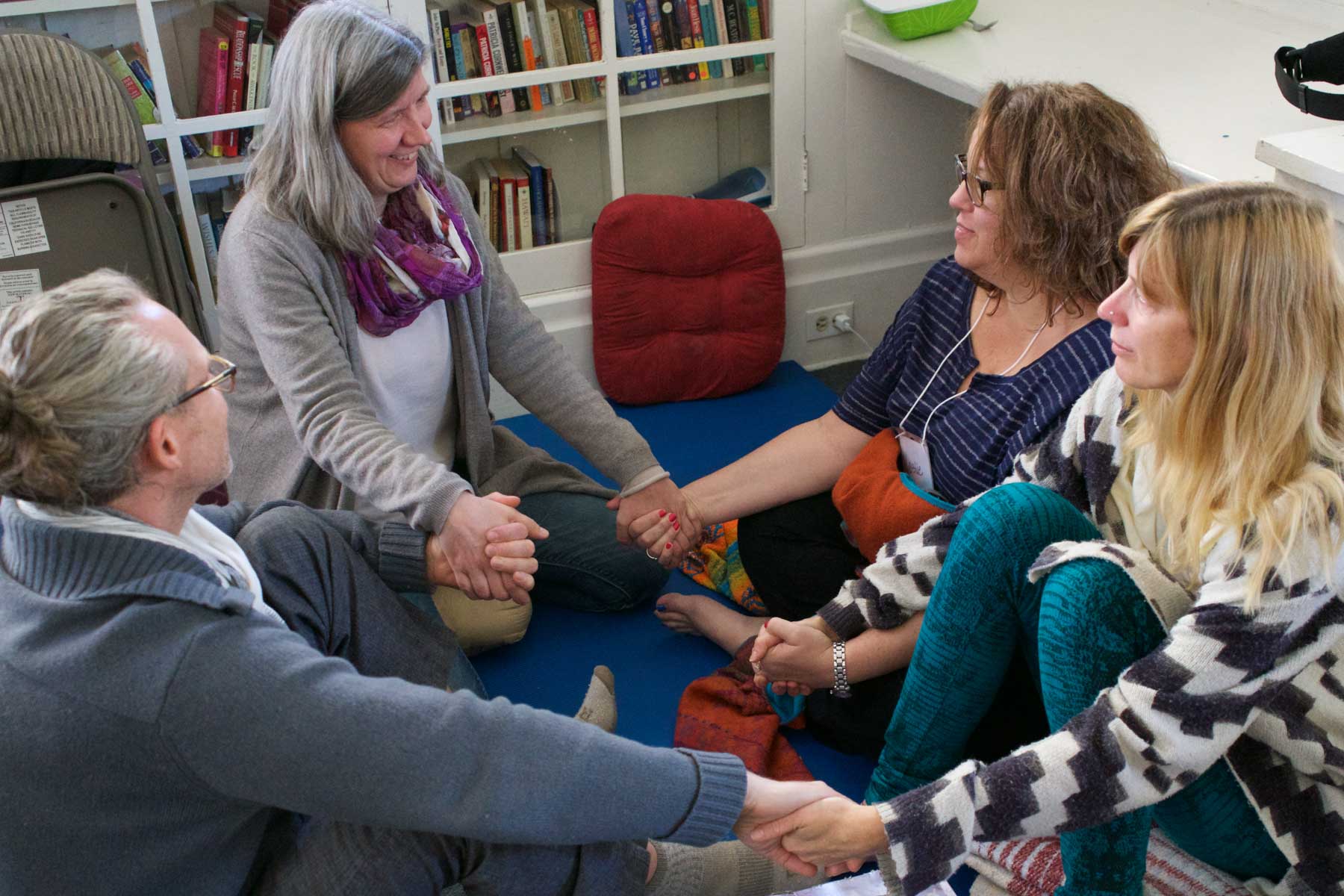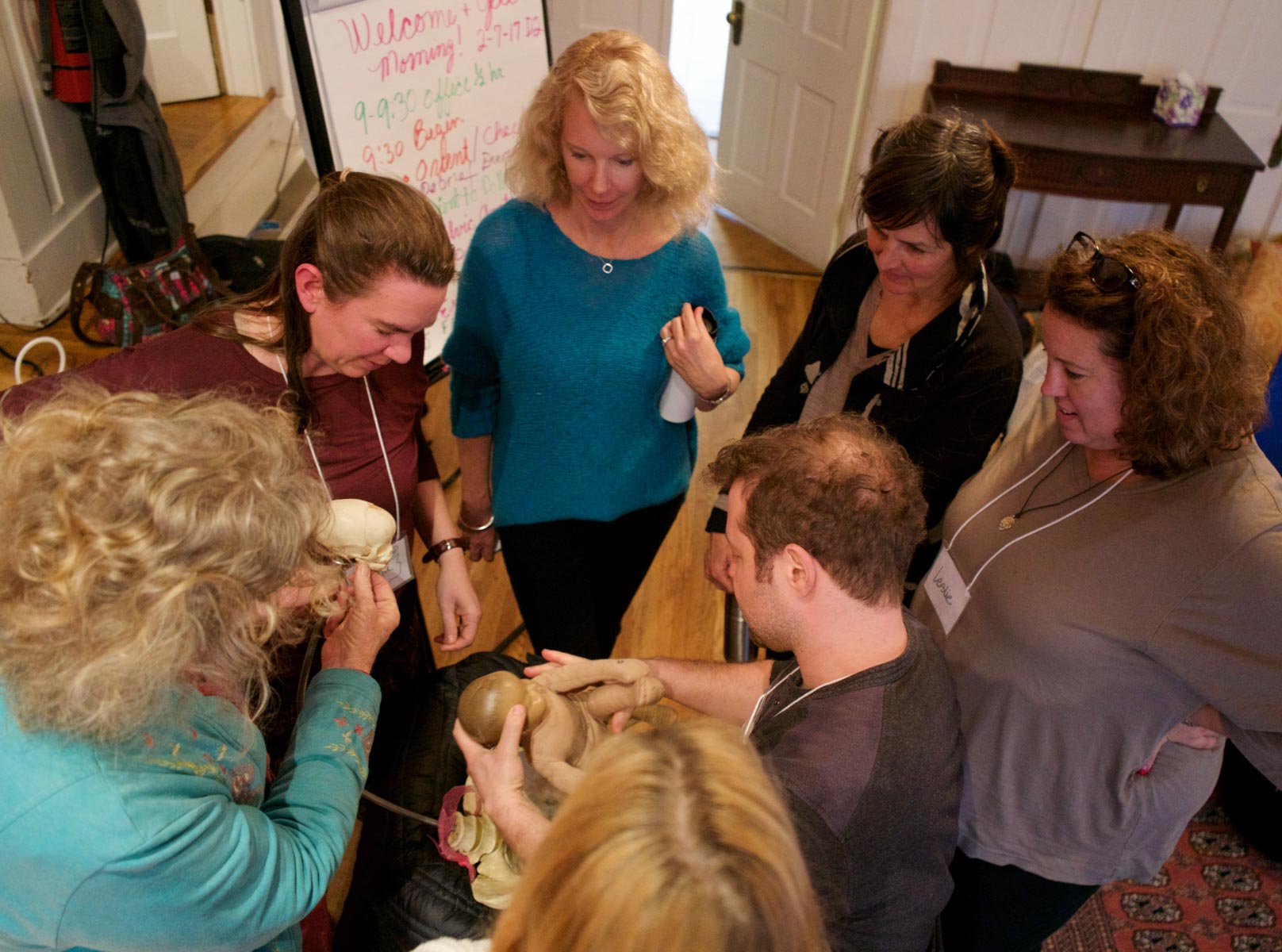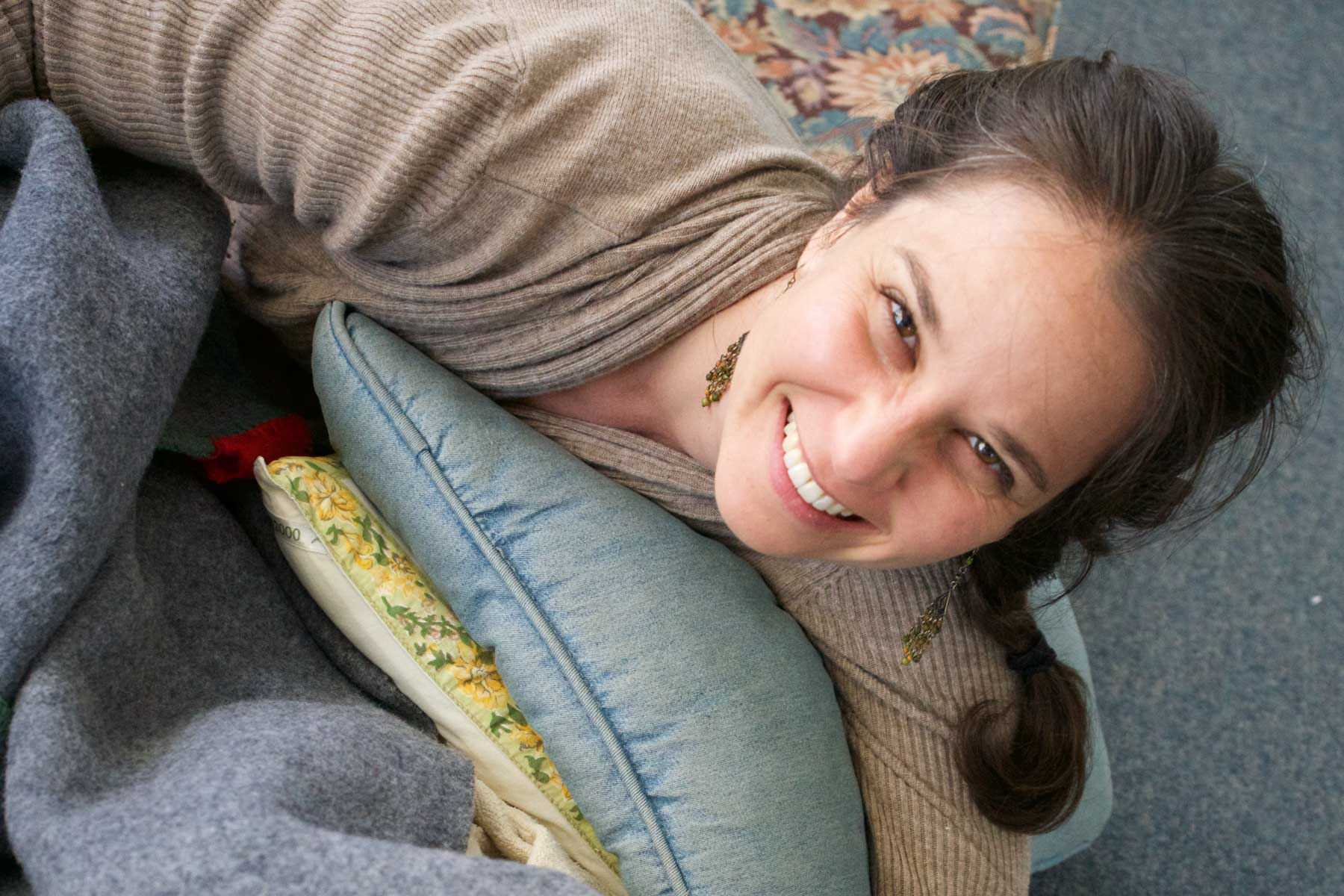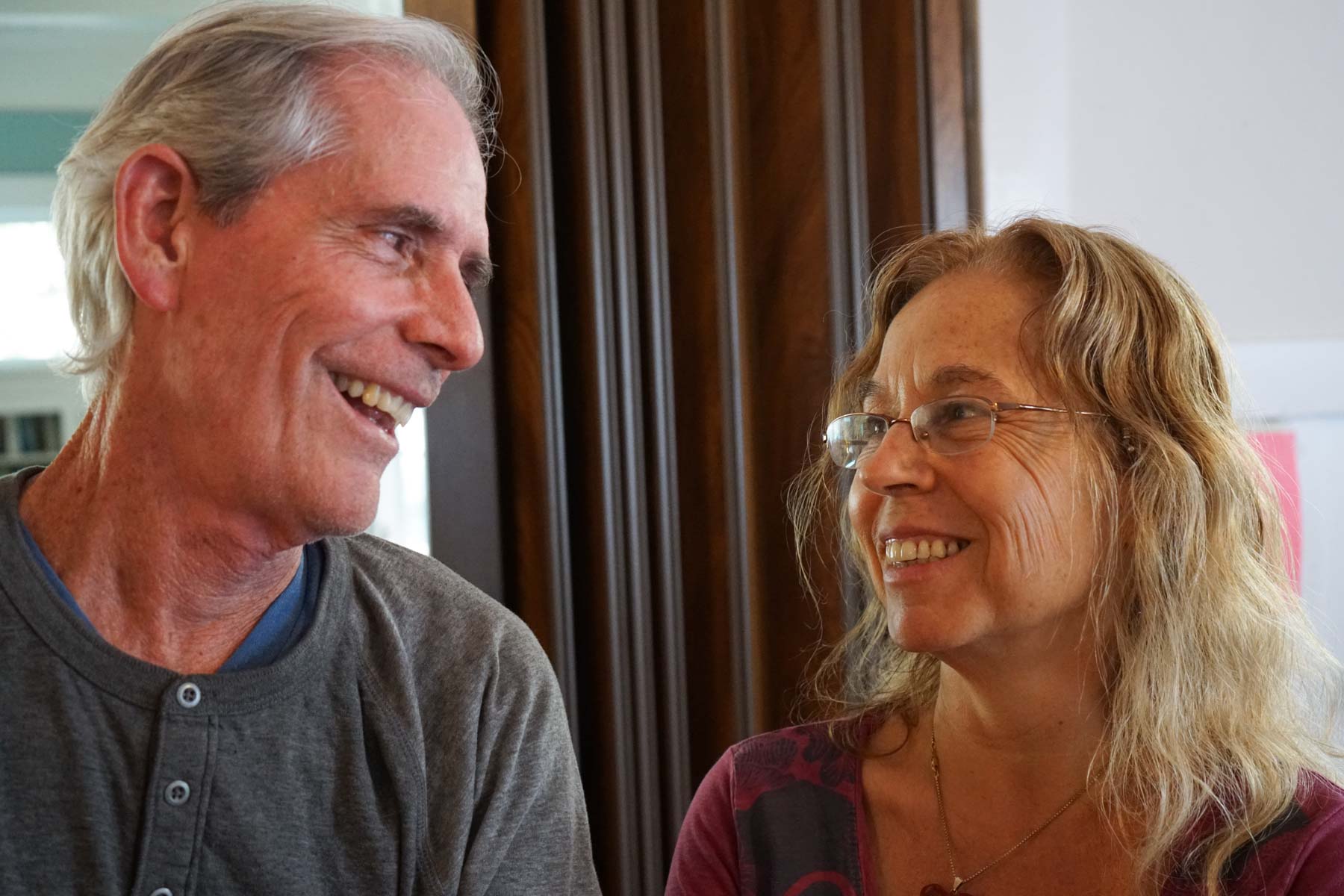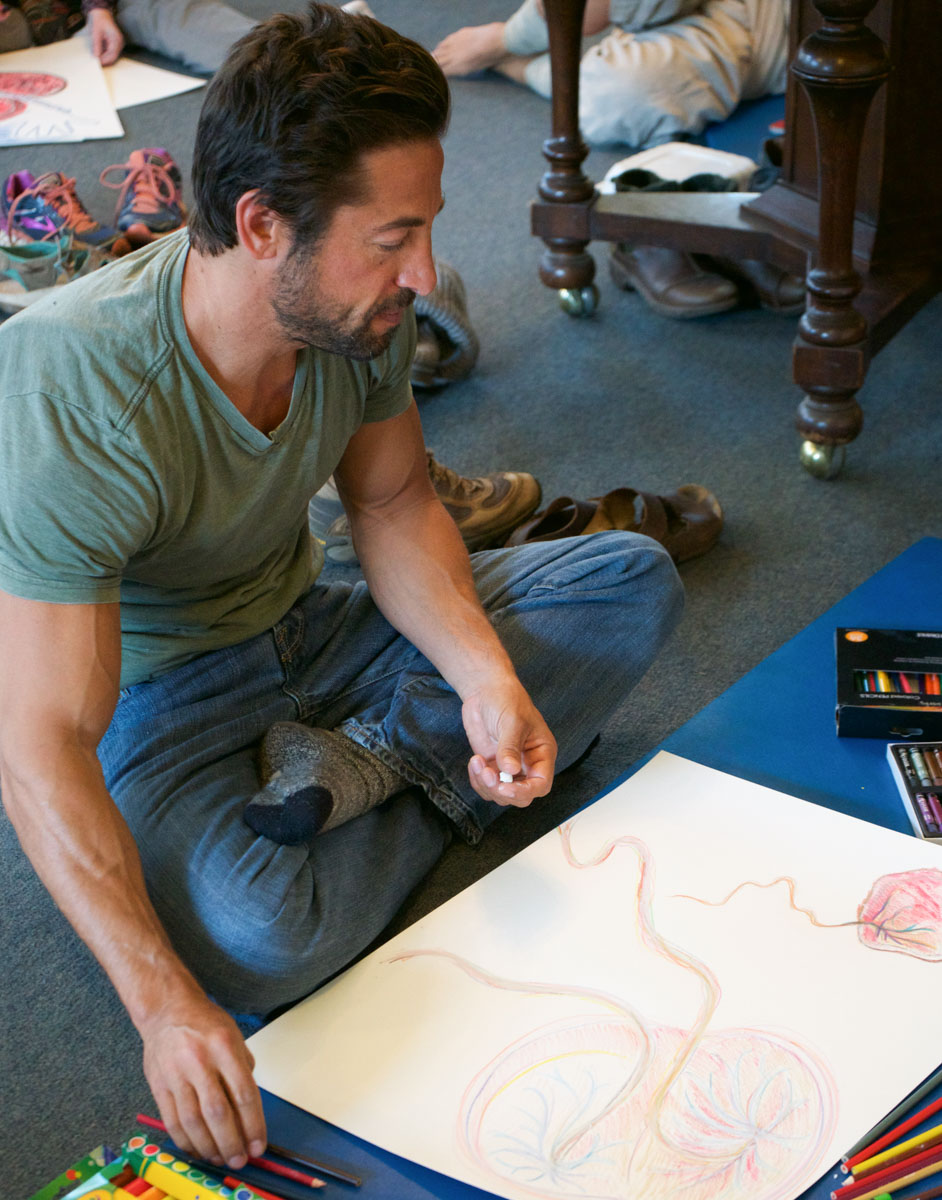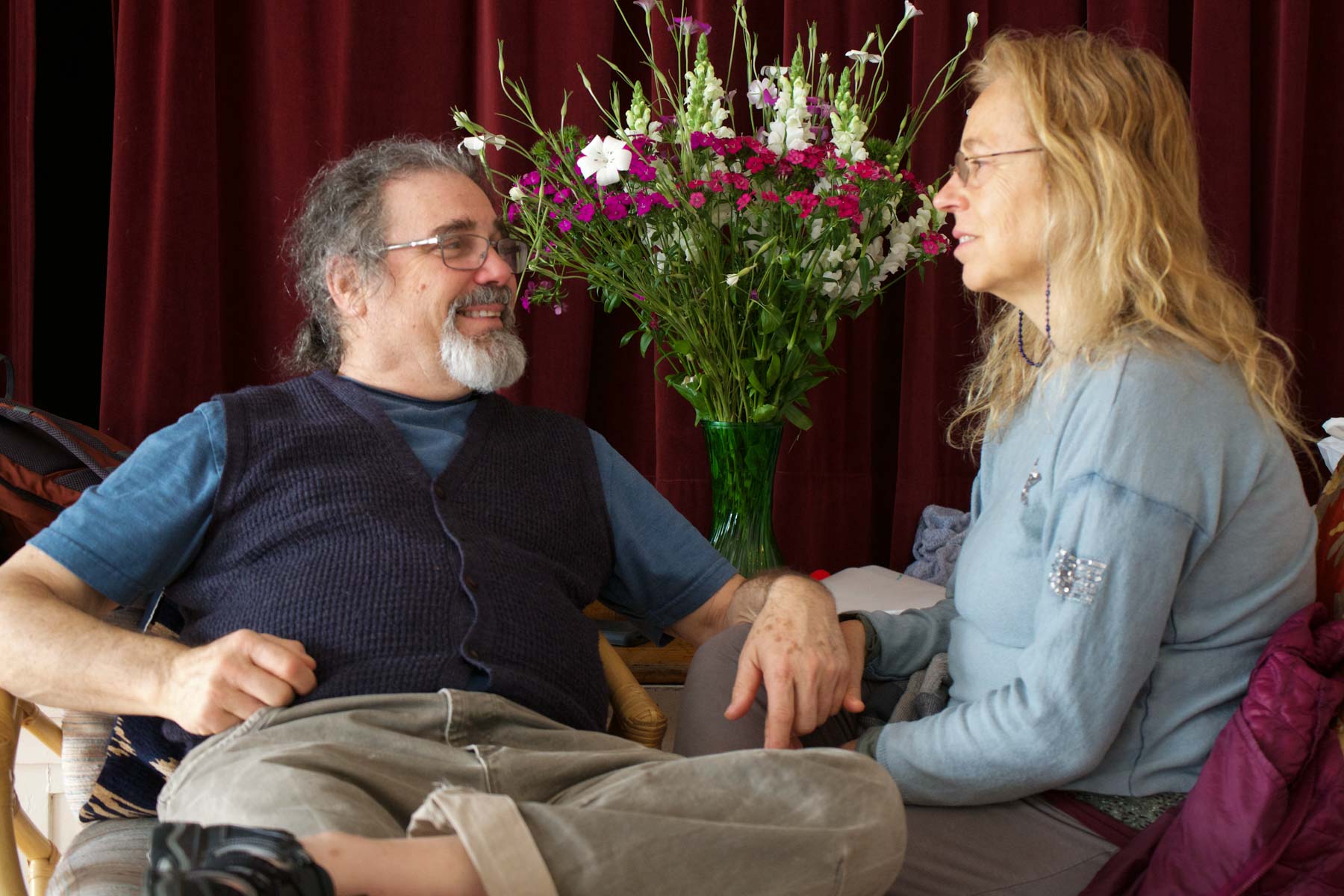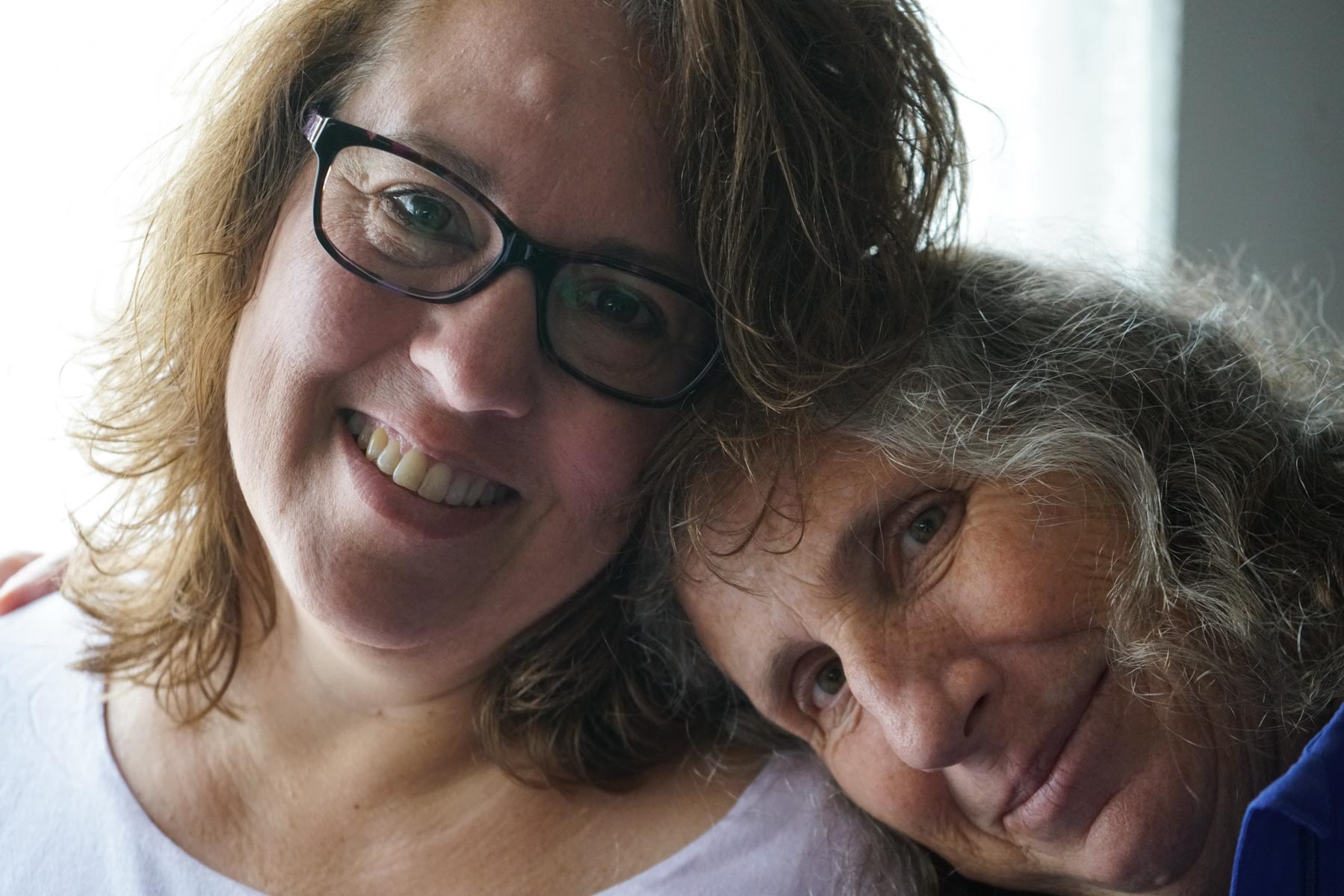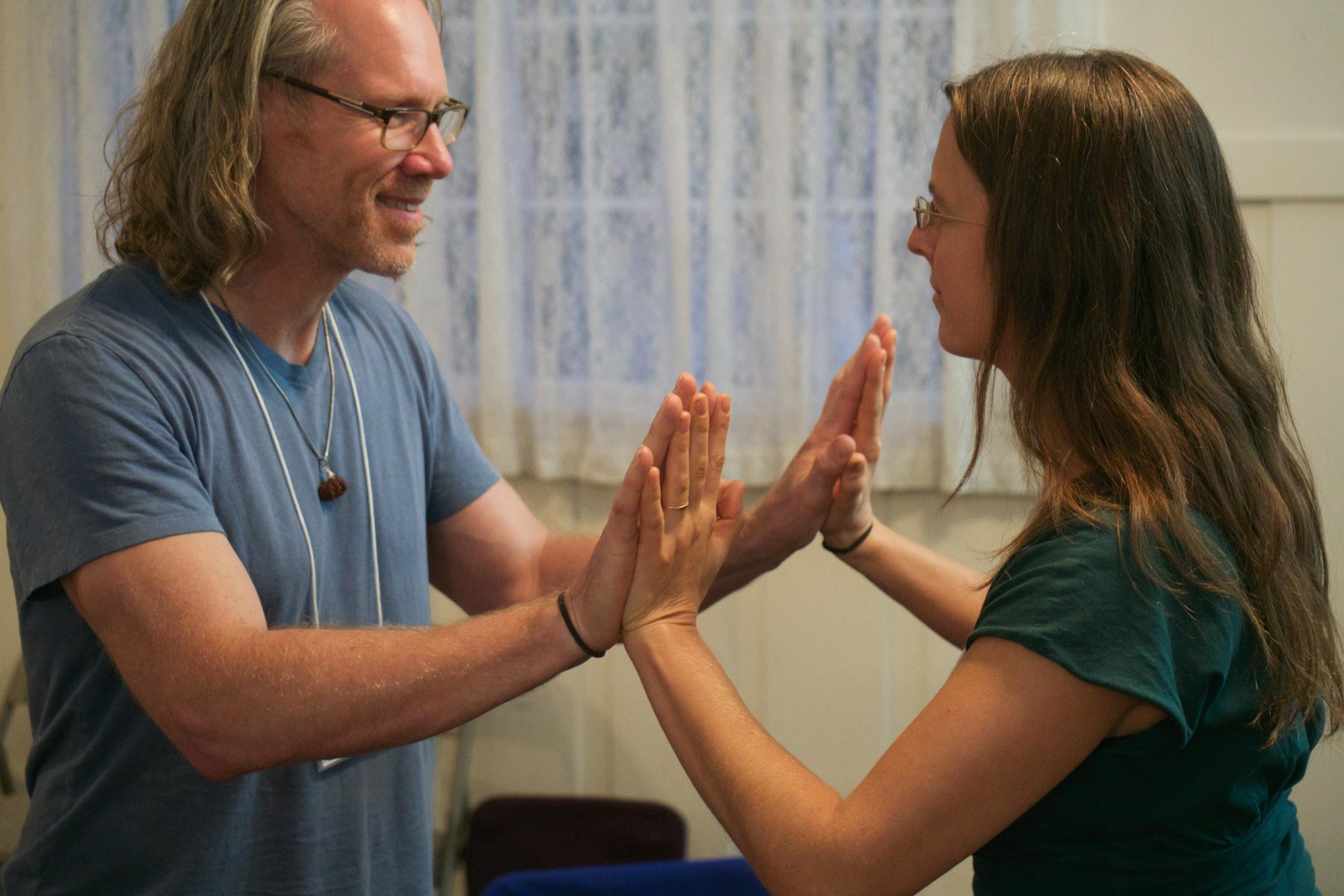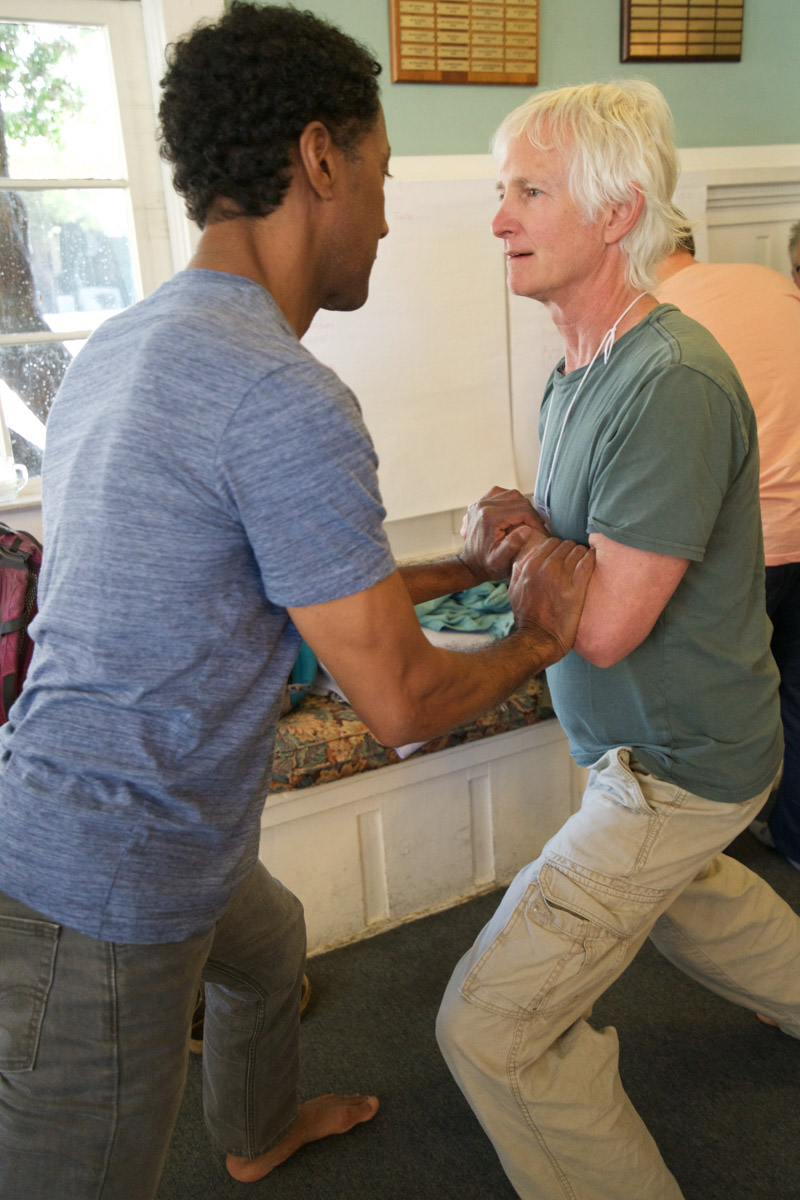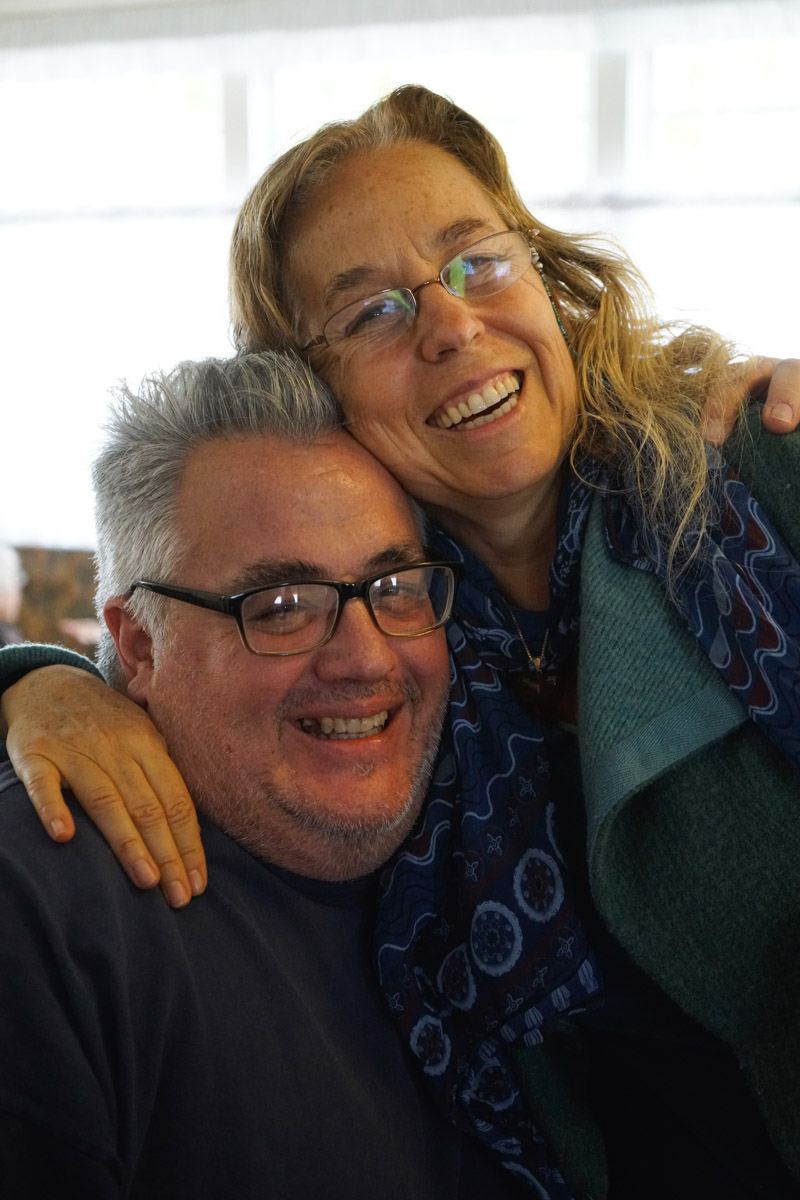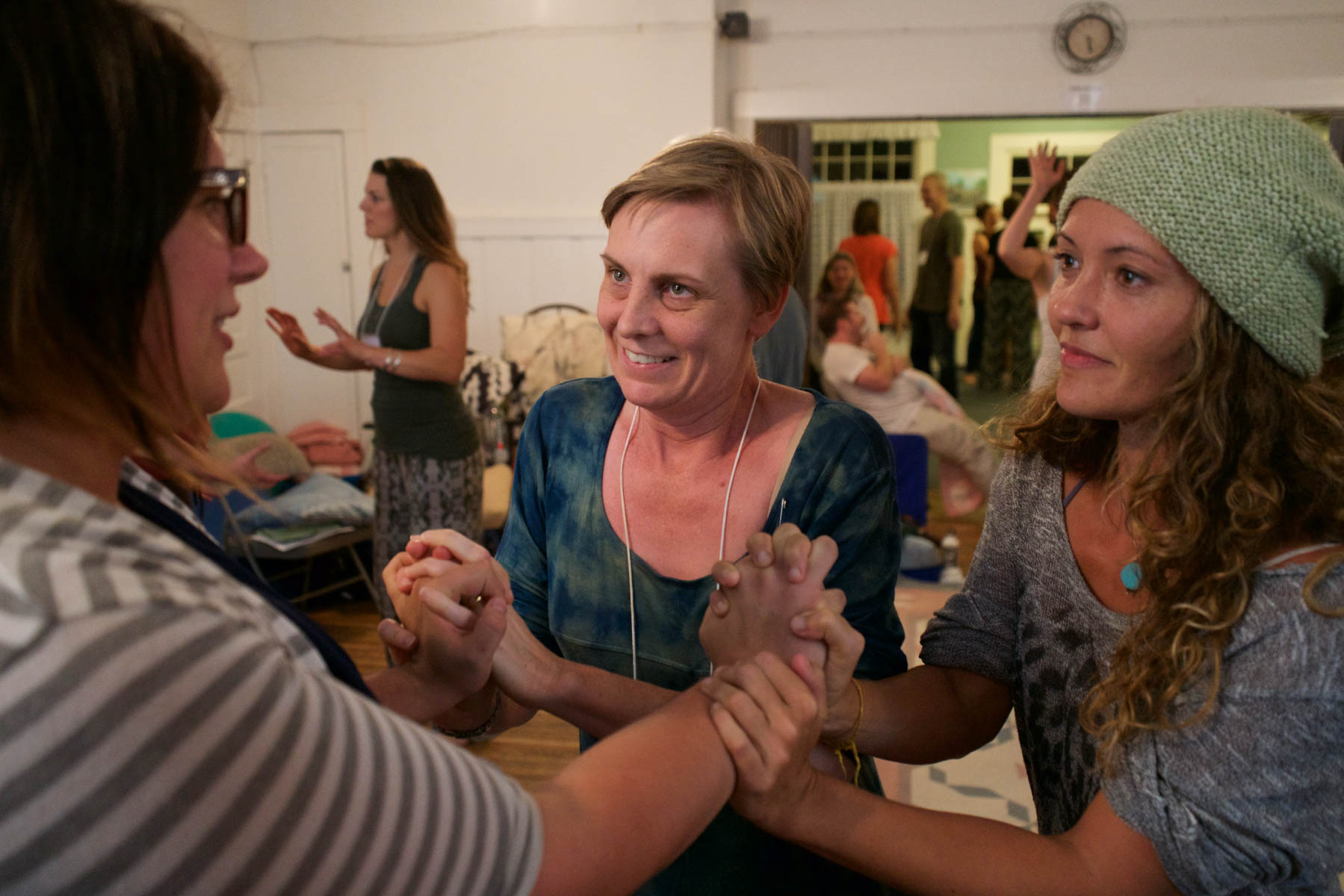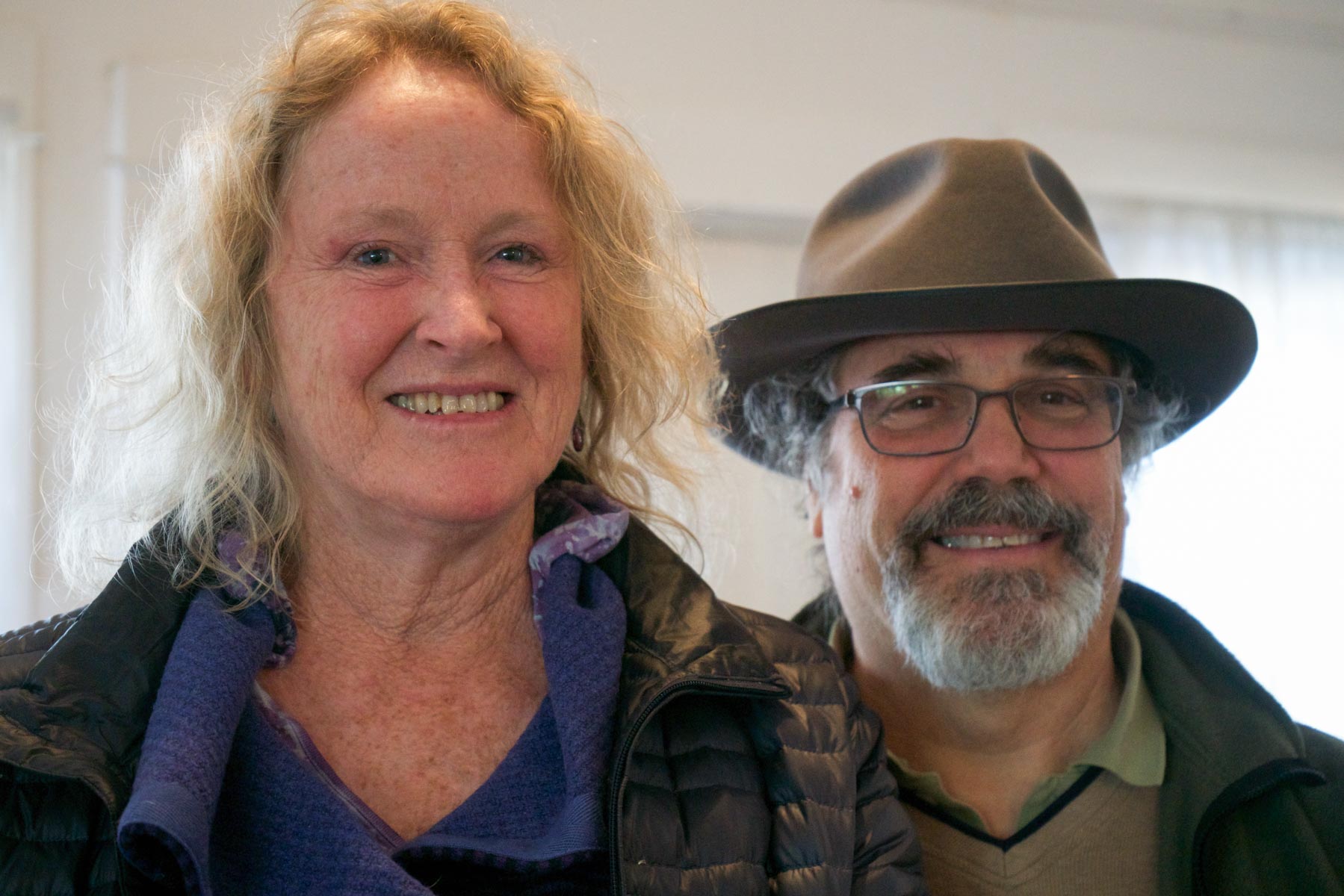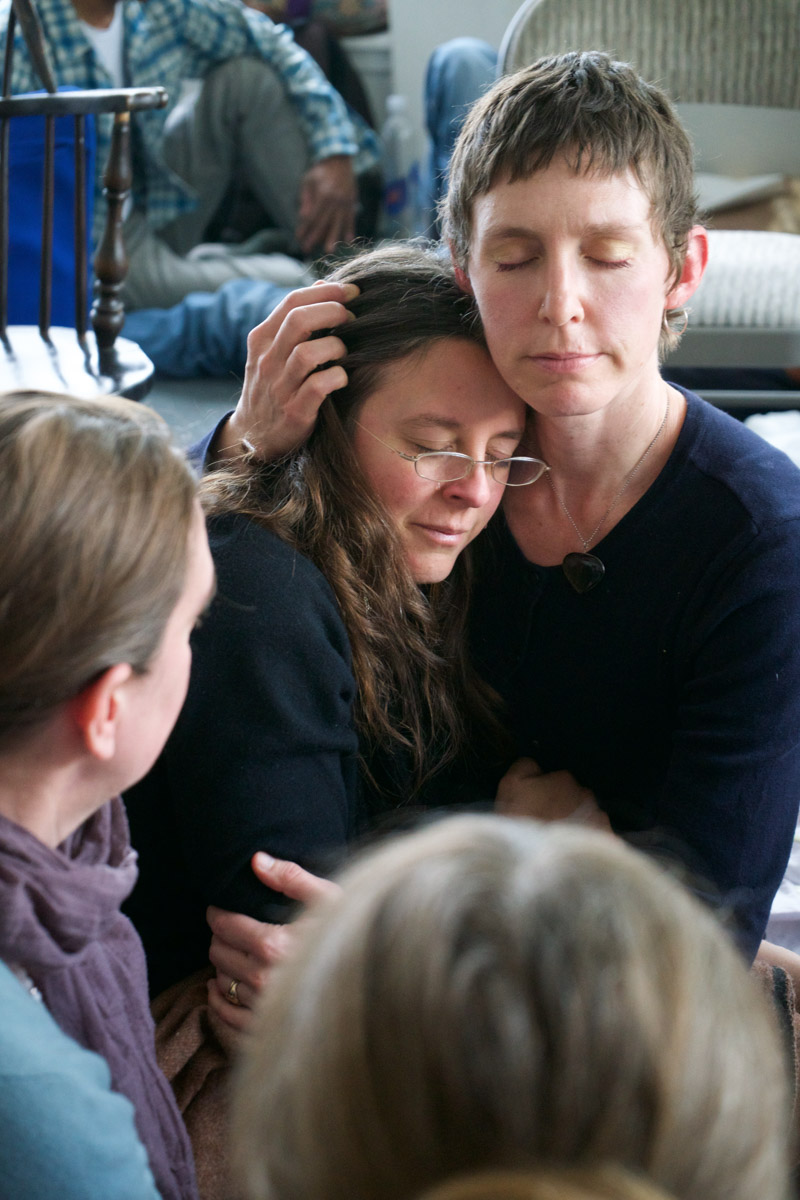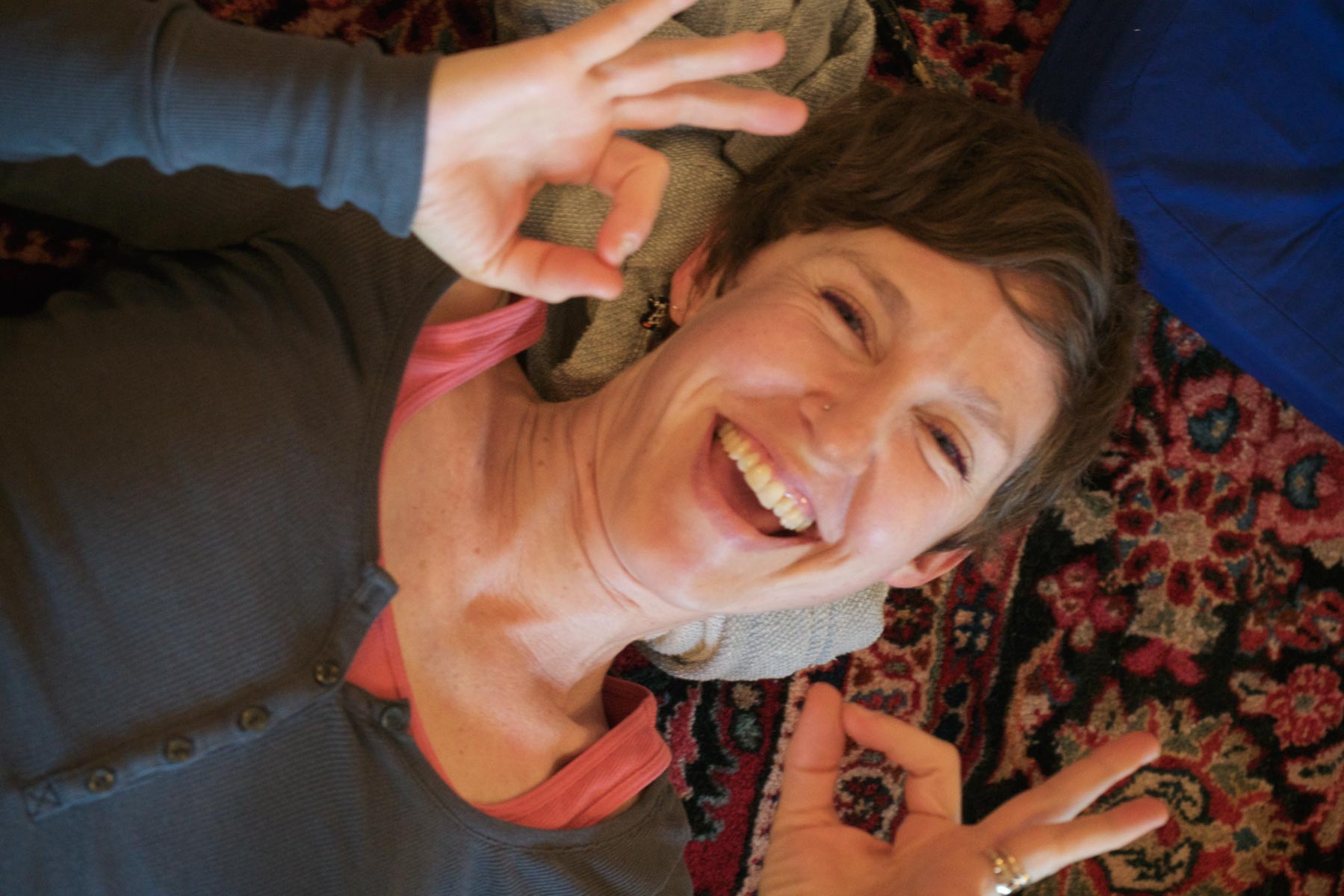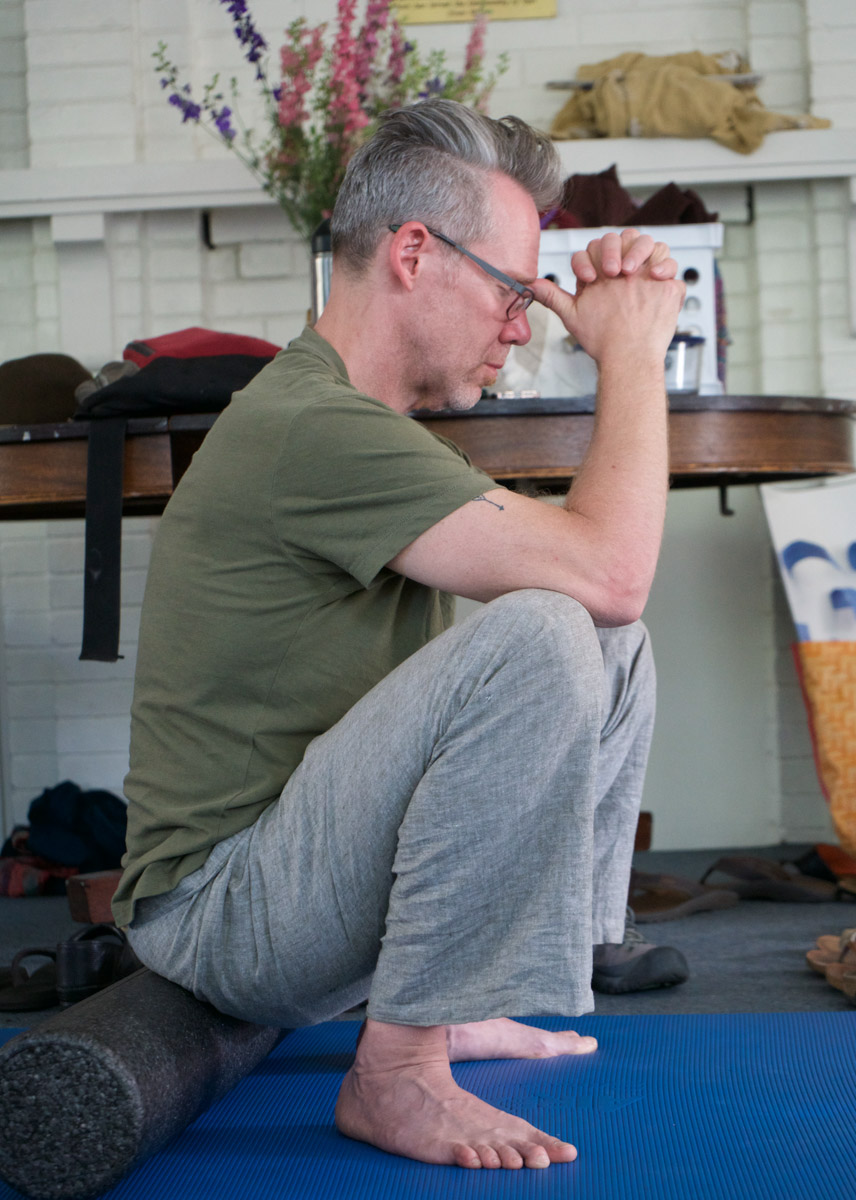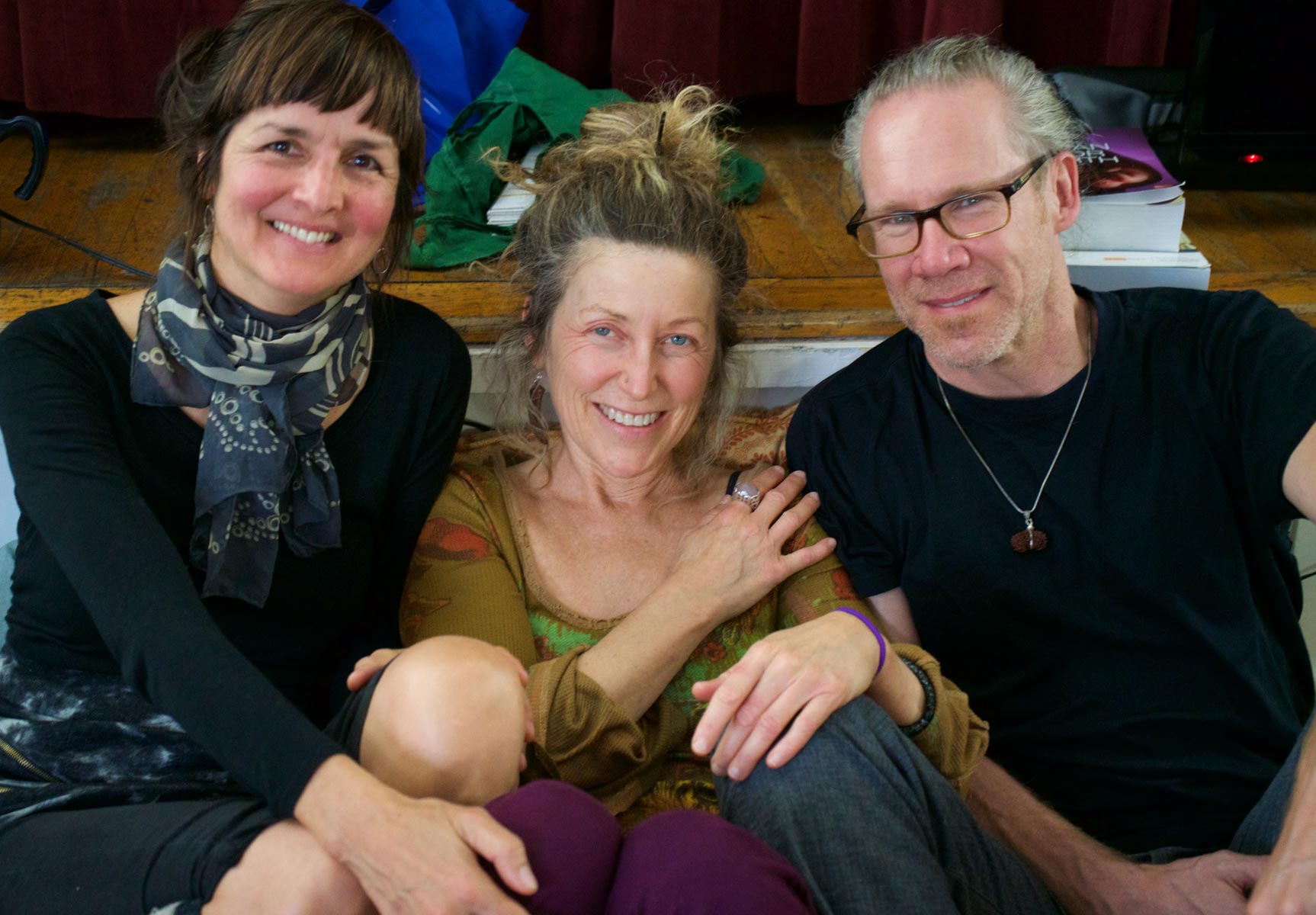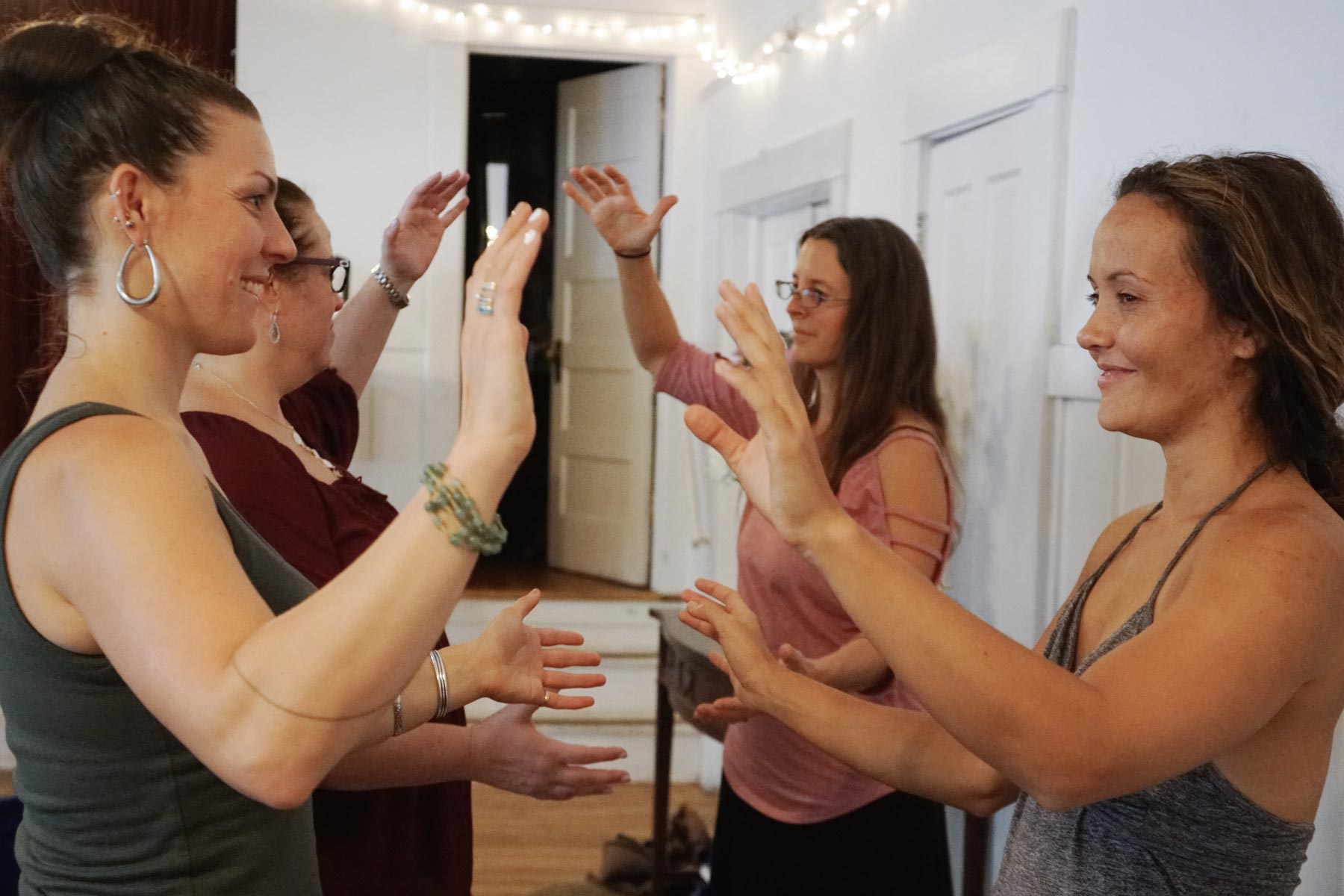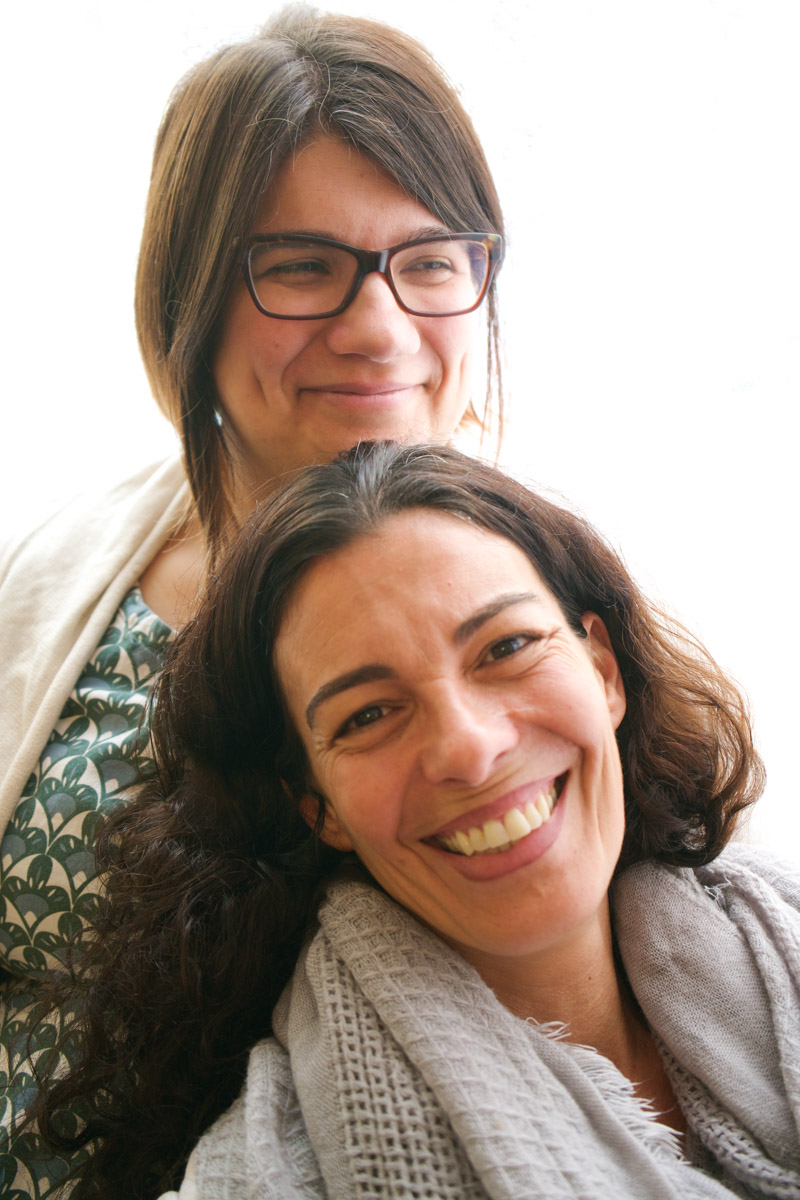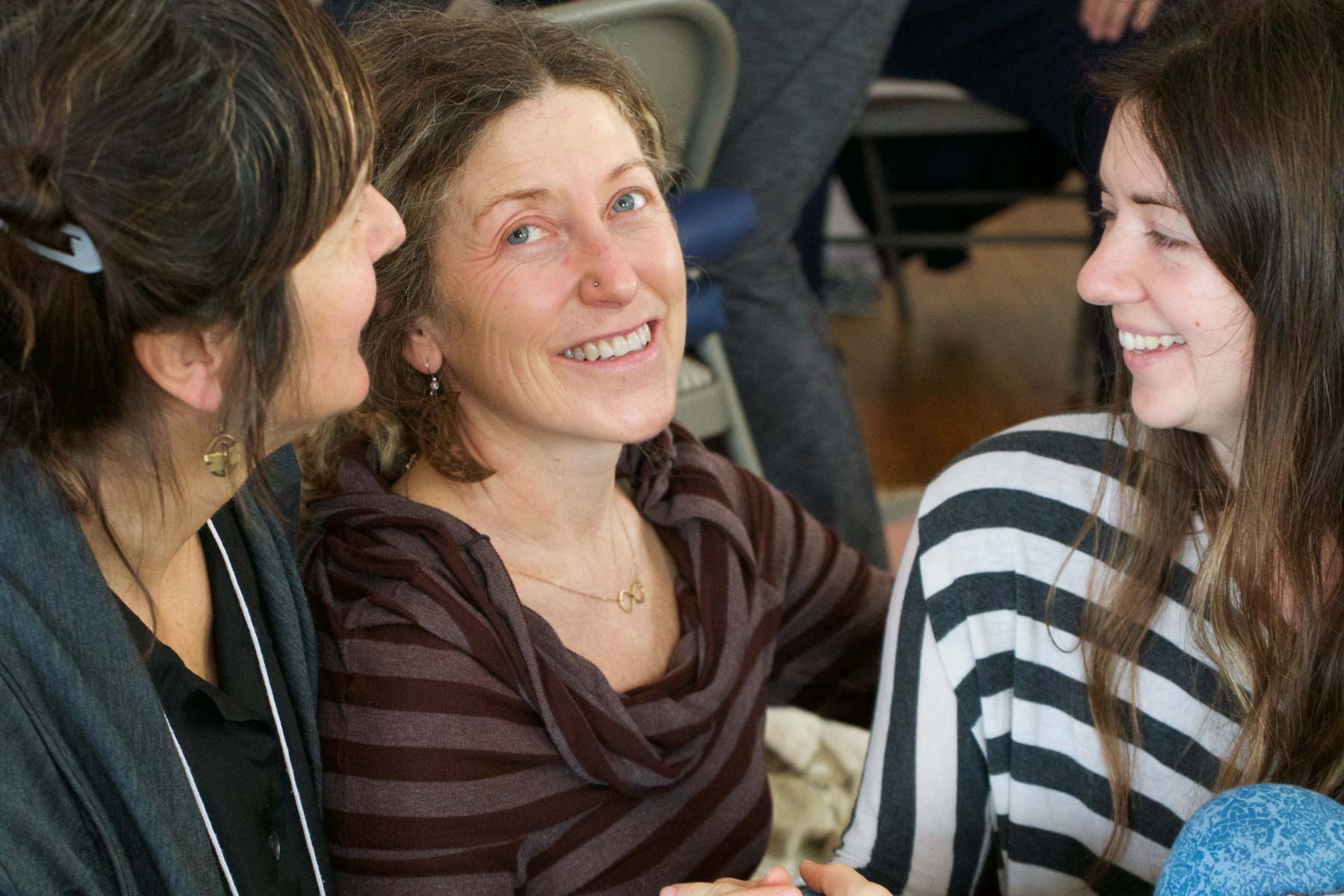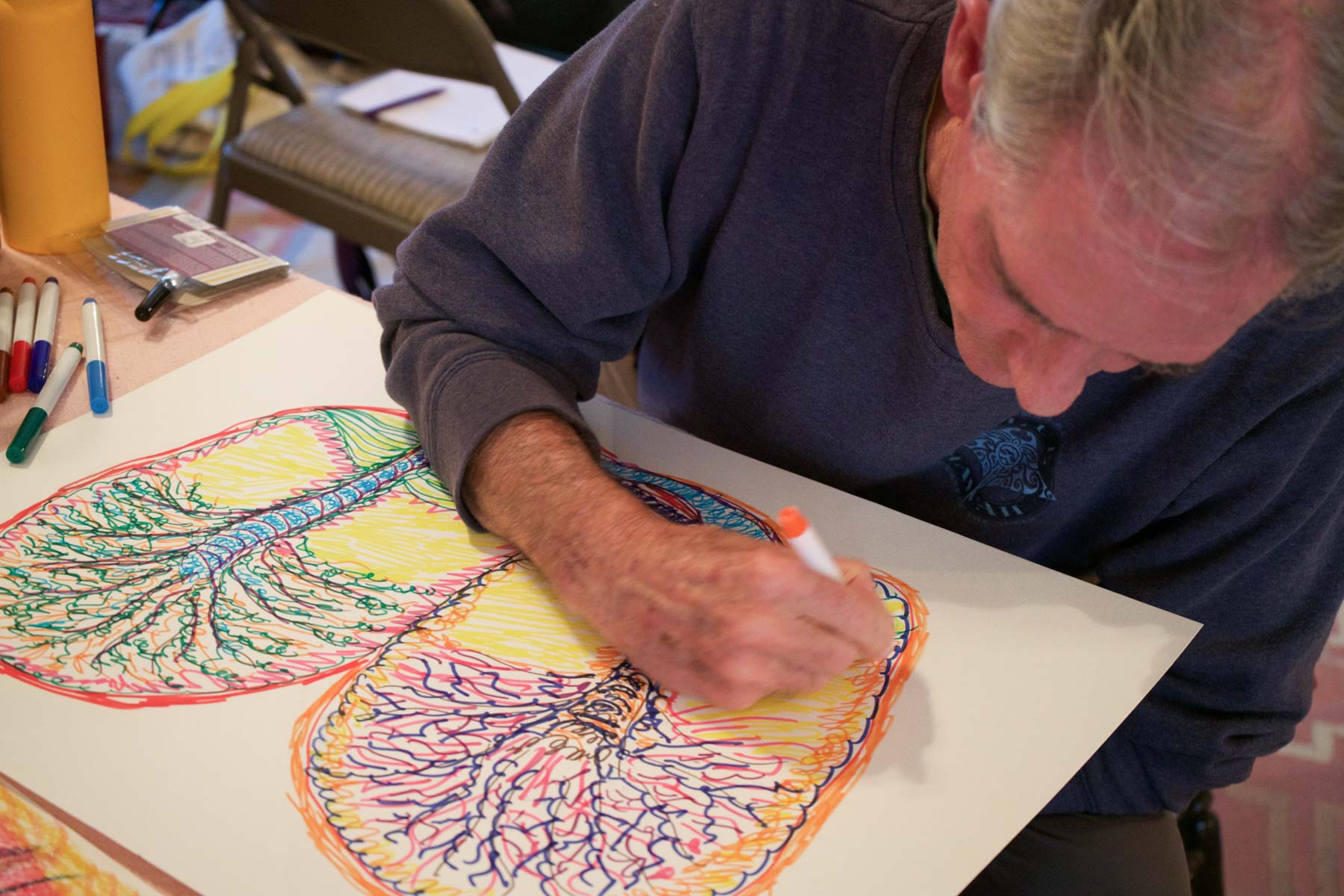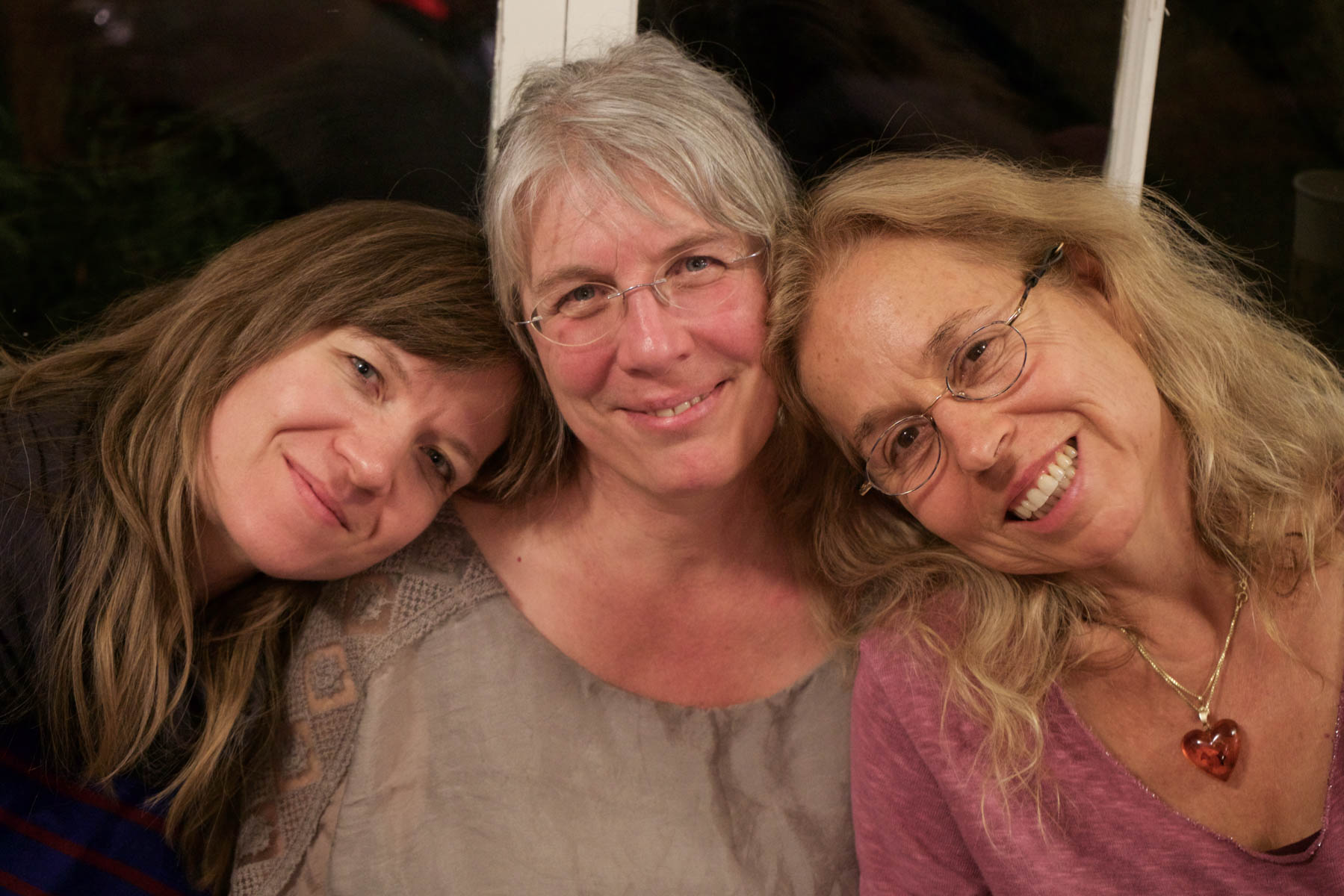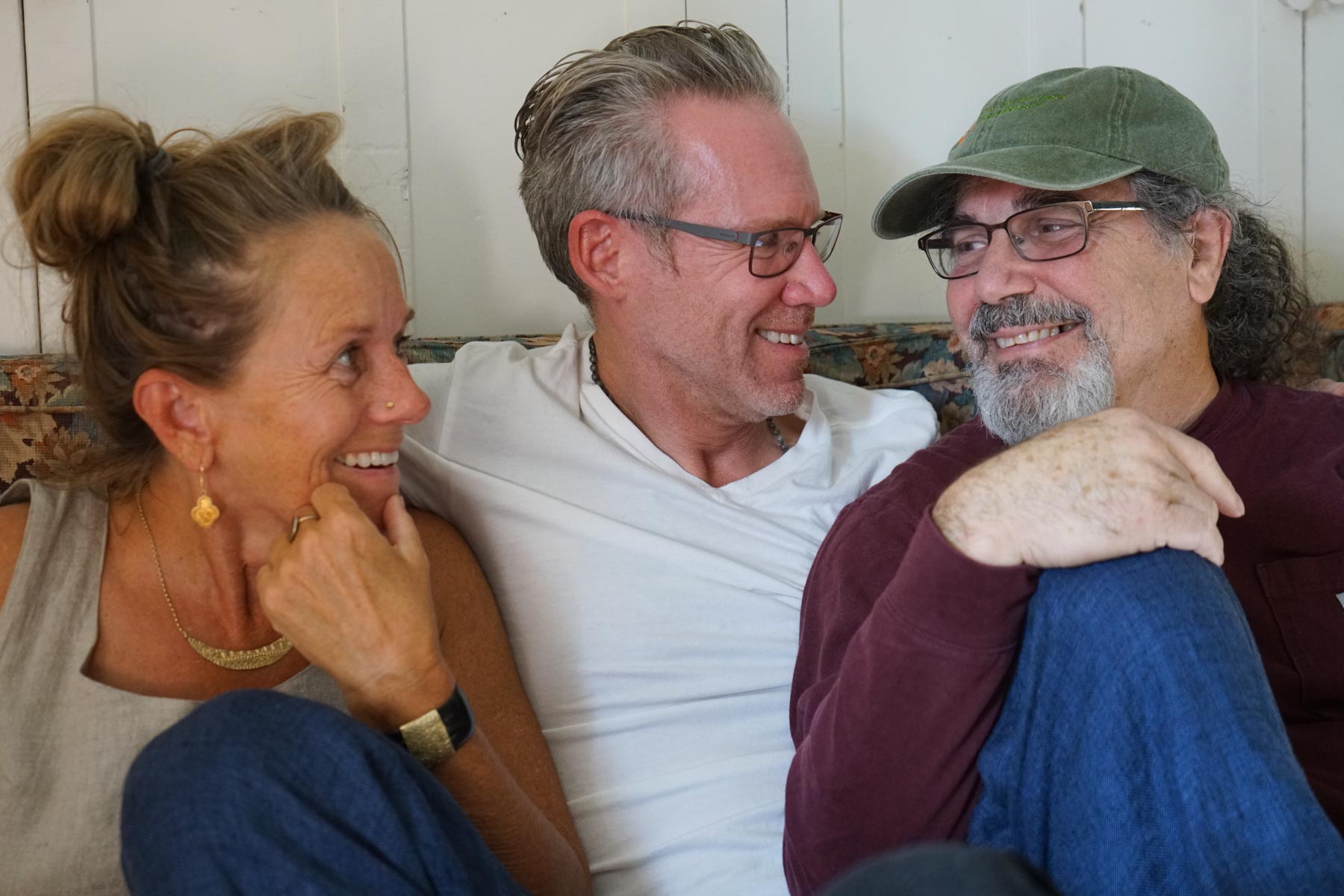Foundation Training
Phase 1: Building A Foundation
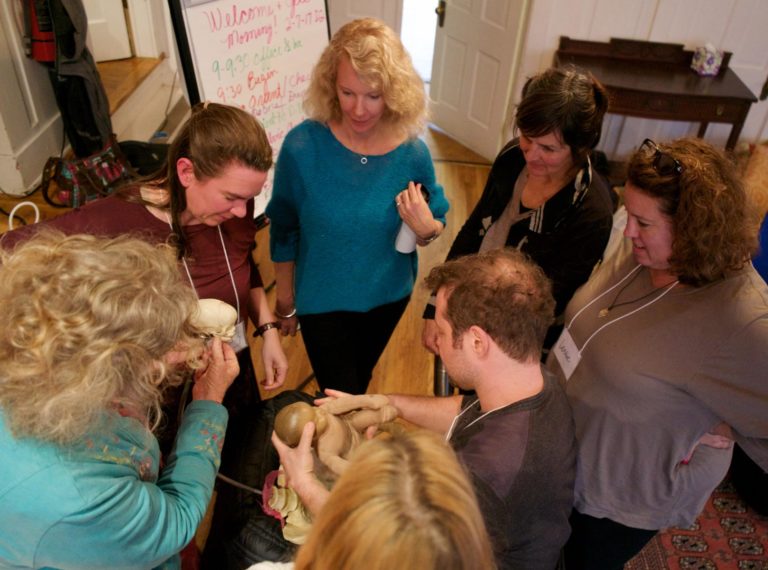
The Foundation Training expands trainees Castellino Training® skill levels from attention with one practitioner and one client to include families and small groups. This is primarily an energetic/somatic process. Trainees learn to track themselves, individuals in families or groups and give attention to supporting the evolvement of secure relationships within the whole energetic field of the group. In this comprehensive process, trainees have full opportunity to develop the well spring of these skills from the inside out through self-discovery, through carefully designed exercises that facilitate personal growth, and through professional skills at the same time.
The Castellino Training® Foundation Training is designed for a wide range of professionals including Bodyworkers, Polarity Therapists, Craniosacral Therapists, Chiropractors, Osteopaths, Acupuncturists, Nurses, Medical Doctors, Midwives, Doulas, Childbirth Educators, Infant Massage Therapists, Regular and Special Education Teachers, Counselors, and Psychologists. Many of our trainees were already doing some form of prenatal and birth work before studying the Catellino Training. Those who are new to this form of work are also welcome. Our students, practitioners, trainers, and facilitators all share a profound interest in working with babies, children, families, and/or adults seeking to resolve pre- and perinatal traumatic imprints.
Students who successfully complete the Castellino Training® Foundation Training will develop and enhance the following skills:
- Hold therapeutic presence
- Establish and support co-regulated connection in small groups and families
- Develop the skill to work in teams as practitioners and facilitators
- Develop awareness of blueprint energies and differentiate them from imprints
- Develop awareness of the Social Field Phenomena and connections with baseline Blueprint energies
- Establish layers of support for yourself as a practitioner
- Identify and establish layers of support within family systems and as a group facilitator
- Track somatic, energetic and fluid tide rhythms to assess and facilitate the resolution of prenatal and birth stress and trauma
- Identify your own prenatal and birth countertransference issues and effectively translate the energy from your own activations into effective and compassionate therapy
- Relate the client’s present experience, behavior and emotional states to prenatal and birth imprinting
- Recognize and differentiate prenatal and birth imprinting in the body language, body structure, movement, personality, and character structure in babies, children and adults
- Establish a group social nervous systems and co-regulate relational fields and connections within a family or small group as the primary resource for individuals within that family or group
- Develop the felt sense of blueprint energies and slow rhythms as a baseline reference so that participants may effectively explore and resolve early traumatic imprinting
- Recognize the way prenatal and birth imprinting affects family dynamics and know how to work with infants and children within their family systems
- Hold clear and effective therapeutic boundaries in the context of prenatal and birth therapy
- Using therapeutic verbal, energetic and touch skills in the context of principles
- Make contact with others from your own experience, and identify and work with your own prenatal and birth patterns
- Learn to incorporate your training into your existing practice
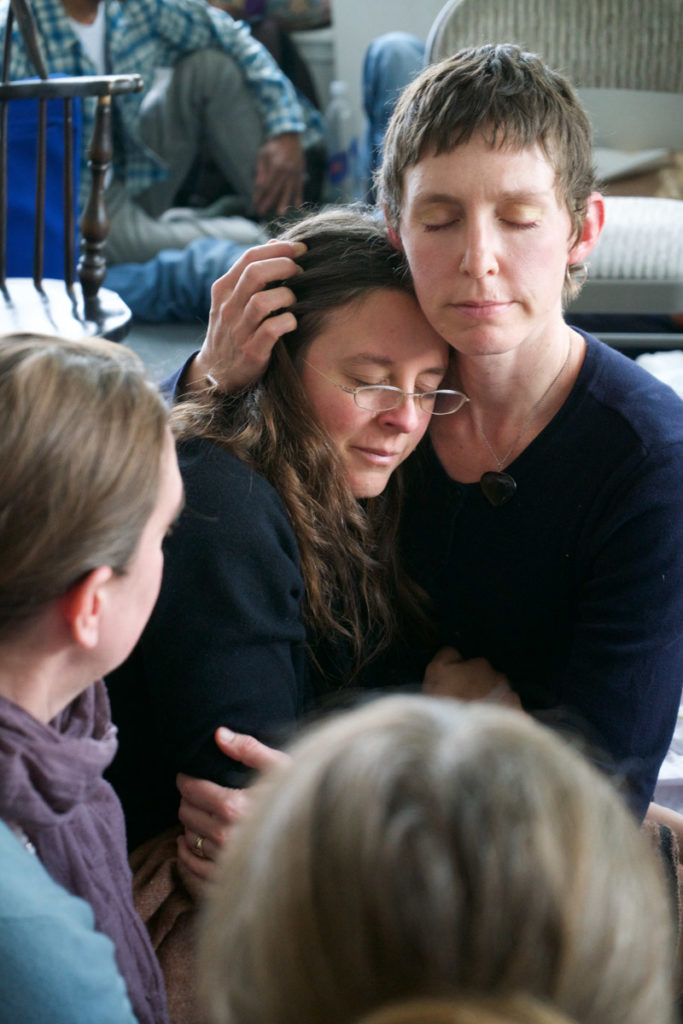
Prerequisites
Prior to applying to the Foundation Training, applicants are required to EITHER take at least one Womb Surround process workshop with an approved womb surround facilitator. OR attend a Sequencing Workshop.
Experiencing a Womb Surround provides a deeper understanding of oneself and and a felt sense of how the Castellino Training approach works in small groups and families. It also provides an opportunity to practice the 8 principles for the whole workshop while supporting others when it is their turn.
The Sequencing Workshop is online and provides an opportunity to explore the imprints of your early life, especially birth, on how you approach any task, large or small. The only Sequencing Workshop scheduled before the next Foundation Training is January 14-18, 2022.
Requirements to Graduate
- Attend all 9 modules
- Complete all homework
- Participate in a minimum of 4 total Womb Surround process workshops or 3 Womb Surrounds + 1 Sequencing Workshop
- Complete payments
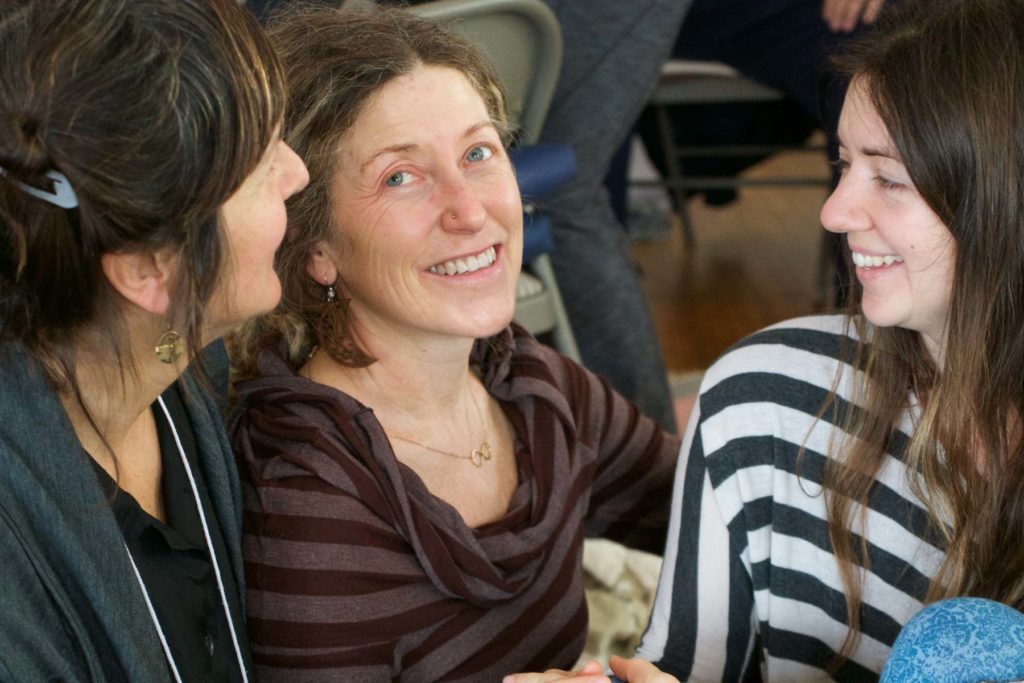
What To Expect
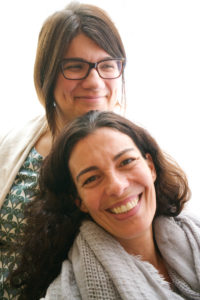
Our Foundation Training is made up of 9 modules, each focusing on a specific theme and skill set. The curriculum consists of a variety of exercises, lectures, group discussions and homework assignments which can all be accessed through our Student Portal and a structured training community with professional and peer support networks. The complete Foundation Training spans just under three years and introduces Castellino Training’s foundational skill set for working therapeutically with adults and families. The development of these skills is individually paced for each trainee in their own tempo.
Phase 2: Opportunities for Graduates
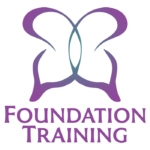
Trainees who successfully complete the Castellino Training® Foundation Training are eligible to apply for the following:
- Attend the Family Practitioner Training
- Assist womb surrounds and short workshops such as the Sequencing Workshop
- Pursue approval as a Castellino Training® Womb Surround Facilitator and later a Womb Surround Facilitator Supervisor
- Pursue approval as a BEBA-style Family Practitioner and later a Family Practitioner Supervisor
- Attend online professional supervision series in a group setting
- Present/teach on our online platform for those with extensive experience and a subject they’d like to teach.
Foundation Modules
There are nine modules that make up the Foundation Training. Each training module covers a specific area of learning. The curriculum is designed to give you an overview of the work and to build specific therapeutic skills in a progressive and layered manner using didactic instruction, facilitation skills and personal experiential exploration. Skills for facilitation of adults in small groups and families in infant/child- centered settings are emphasized throughout the training.
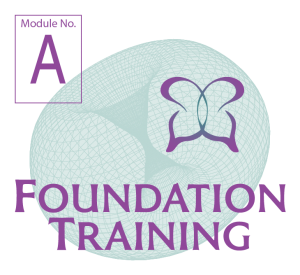
Preparation: Presence, Connection & Blueprint.
An introduction to practical presence and hands-on skills as it pertains to the somatic approach.
Skills introduced in this module include:
- Tracking tempo and establishing integrative rhythms with the blueprint.
- Connecting with ourselves and others through presence, listening, and touch.
- Dynamic Creative Squeeze and Opposition.
- Story showing movement.
- How to employ the CastellinoTraining® Principles and Therapeutic Form.
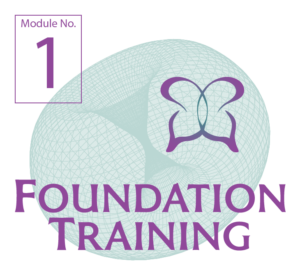
The Preconception and Conception Journey
This module provides an introduction to the Polarity Paradigm, shock imprinting and developing the internal reference structure for prenatal and birth therapy.
We will present a paradigm that looks at the energetic dynamics of the conception journey, including pre-conception and conception through implantation.
Skills introduced in this module include:
- Therapeutic centering.
- Orienting.
- Tracking autonomic cycling and related fluid tide dynamics.
- Modulating therapeutic pace or tempo,
- Identifying resource behaviors
- Recognizing the therapeutic leading edge
- Differentiating between trauma and shock imprinting.
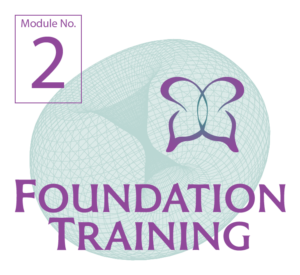
Bonding and Attachment
This module covers the bonding process from early prenatal through post-birth. The issues of connection and separation are primary themes.
This course also addresses issues around receiving nutrition and emotional nurturing.
Skills introduced in this module include:
- How early imprinting affects future relationship formation and individual motivation patterns.
- Prenatal implantation dynamics and the development of the placenta and umbilical cord.
- Energetic umbilical dynamics and related movement imprinting.
- Birth dynamics, the cutting of the umbilical cord, newborn self-attachment behaviors, and the nature of the baby’s first contact with her mother and father after birth.
- The baby’s ability to attach to his/her mother emotionally, at the breast and the establishment of healthy nursing patterns.
- Specific therapeutic protocols for resourcing, resolving and re-patterning bonding and attachment trauma and a means for establishing nursing with babies who are unable to nurse or having difficulty with nursing.
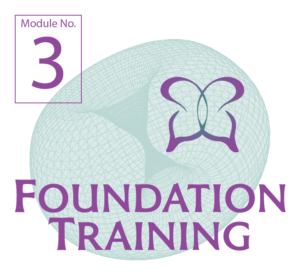
Birth Imprinting
This module covers the vaginal birth process, birth stages, pelvic types, cranial molding, birth movement patterns, and an introduction to infant craniopathy.
We will introduce tracking fluid tide dynamics and tracking stage specific birth movement patterns. By the end of the workshop, each of you will describe your personal birth passage to a small peer group.
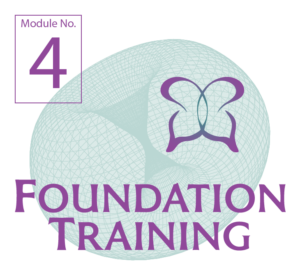
Chemical Imprinting
This module covers imprinting from anesthesia, nicotine, fetal alcohol, and drug syndromes.
We will look at the effects of chemical imprinting on prenates and babies’ psyches, their movement patterns, their energy patterns, and the development of the central nervous system. Specific protocols for resolving and re-patterning chemical imprinting are also covered.
We also introduce a new theory that explains the way chemical imprinting affects the function of the cerebral spinal fluid system. Your understanding of the cranial/sacral fluid tide system and the embryonic development of the brain will be enhanced so that you can use your visualization, energetic sensing, fluid tide palpation, and bodywork skills to support the resolution of traumatic chemical imprinting.
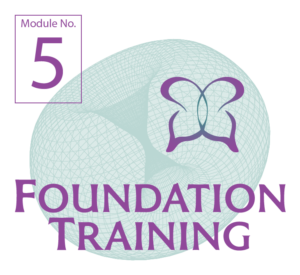
Surgical Imprinting
In this module we cover birthing styles including forceps, vacuum extraction, cesarean section, circumcision, and prenatal and infant surgery.
You will learn how to identify signature cranial molding patterns, movement patterns and the psychological impacts of each style. You will learn how to identify signature cranial molding patterns, movement patterns and psychological impacts of each birthing style. You will learn the cranial impacts of forceps and vacuum extraction as well as specific treatment protocols for each type of surgical intervention. We will explore the effect of these procedures on physical structure and on the expression of the body’s energy and fluid tide systems.
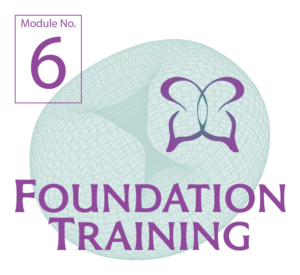
Loss, Double Binds, and the Family Dynamic: Part 1
Double binds or paradoxical imprints provide the most complicated dynamics in the PPN field. Double binds amplify practitioner countertransference issues as well as complications for facilitating groups or families.
This subject matter is saved for modules 7 and 8 because the dynamics of these trauma provide the practitioner with the greatest countertransference challenges in the prenatal and birth therapy field. The curricula of the first five modules is designed to build the trainees’ understanding, perception, presence, and therapeutic skills so that they are more prepared to explore the effects of double binds in effective and compassionate ways. Special attention is given to how double bind imprints affect families and group dynamics.
Module 6 focuses on ancestral influences, twin dynamics, and twin loss. Ancestral influences on individuation are explored to differentiate twin and ancestral imprinting. Twin embryonic and placental development are correlated with twin behavior later in life. Lost twin syndrome effects on singleton behavior is covered. You will learn to identify twin psychological imprinting, the countertransference/transference issues involved and twin dynamic therapeutic protocols. Breech birth presentation is covered in this module because a high percentage of breech presentations have occured during twin births.
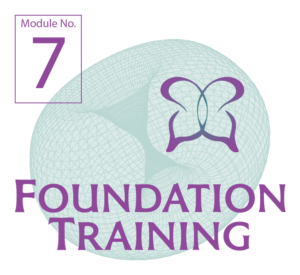
Loss, Double Binds, and the Family Dynamic: Part 2
This module focuses on adoption, previous abortion ideation, abortion attempts and abortions, and miscarriage, traumatic impacts of death in the family during pregnancy, stillbirth and infant sibling loss, A.R.T. (Assisted Reproductive Technology) and NICU experience.
The skills for facilitating double bind dynamics are further developed and refined in this module.
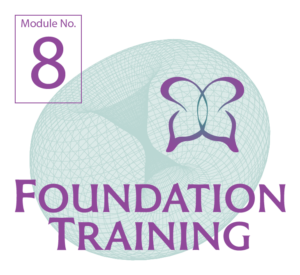
Family and Group Dynamics
Our final module is designed to transition the practitioner from foundation skill building to a model for a family practice and for an adult small group practice.
This module includes the following:
- Each student with create and share a one-yesar plan and a five-year plan for integrating the work into their practice and life.e.
- The structural components for a process session, both with adults in a Womb Surround process workshop setting, and with families in infant/child-centered family settings.
- An introduction to the organization BEBA: A Center for Family Healing.
- An opportunity for students to ask questions about clinical practice.
- A demonstration and debriefing session focusing on recognizing the principles utilized.
- Each student will give and receive a supervised process session in a small group setting.
